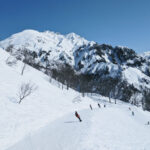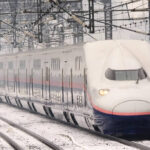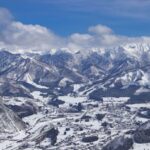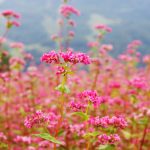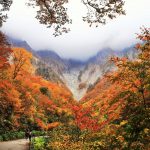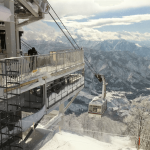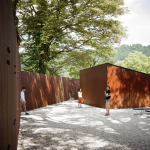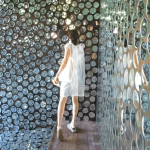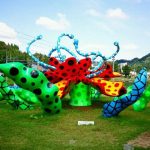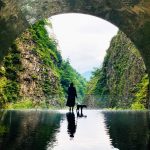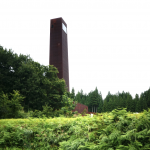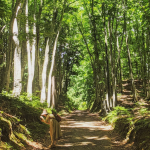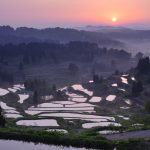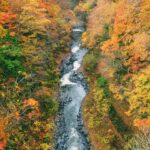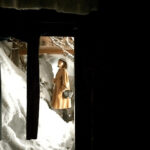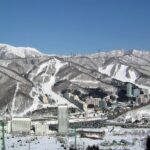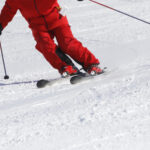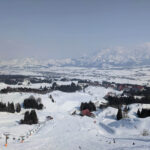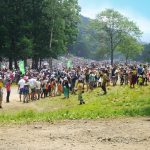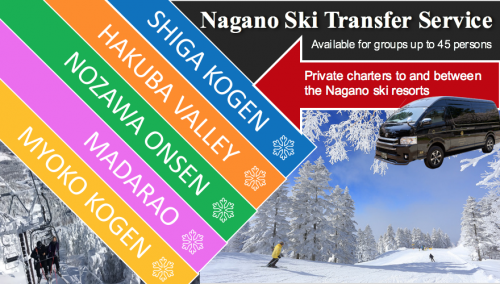15 Things to Do Around Yuzawa & Where to Stay
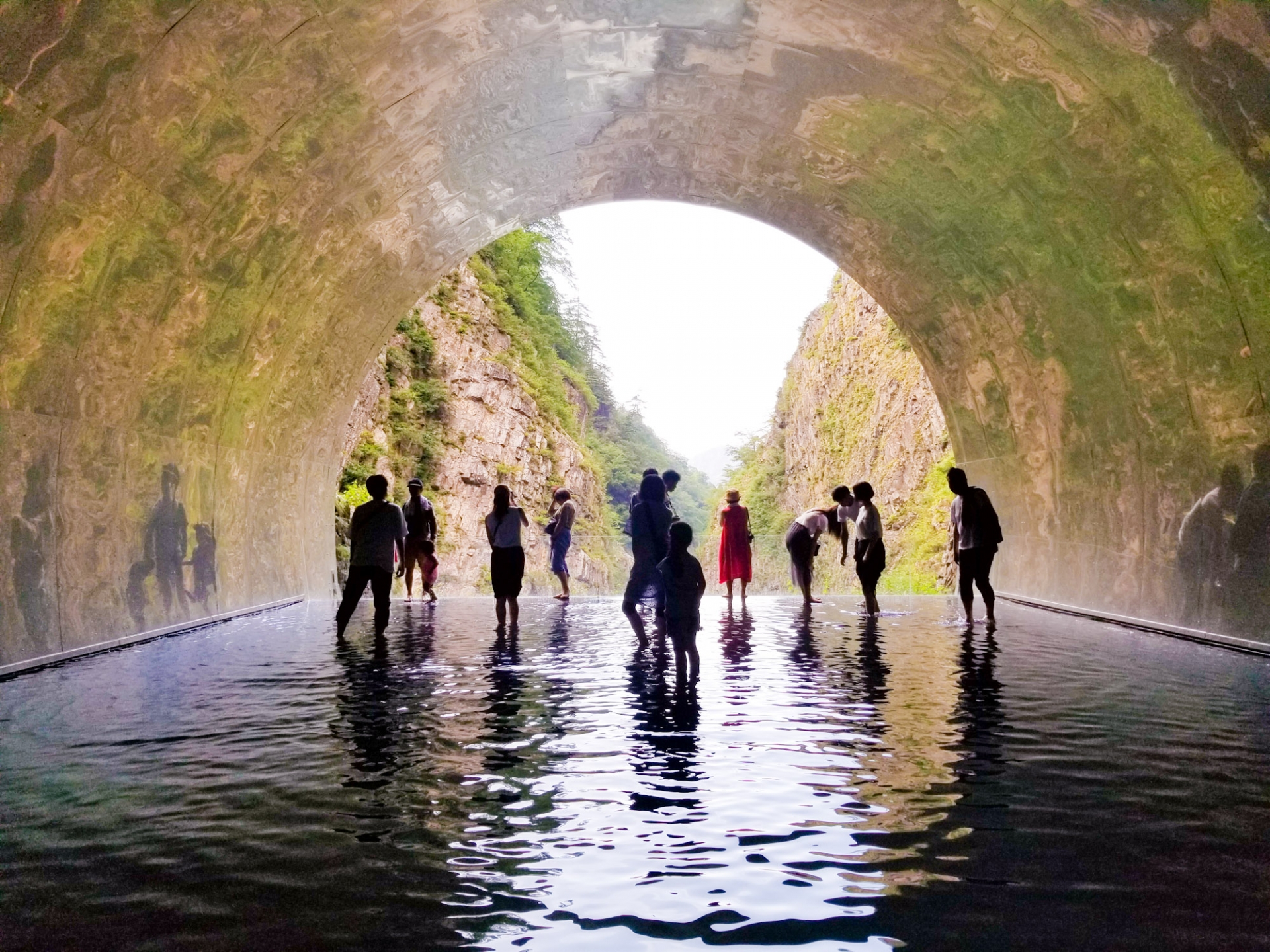
A convenient stop on the Joetsu Shinkansen line running from Tokyo to Niigata, Yuzawa is one of Japan’s most famous hot spring towns and the heart of a region fondly referred to as ‘yukiguni’ or ‘snow country’. Readily accessible from Tokyo, Yuzawa might be best-known for its winter but offers just as many reasons to visit in spring, summer and autumn as the surrounding area plays host to some of the biggest outdoor events in Japan. On this page you will find the following information:
— 15 Best Things to Do Around Yuzawa
— Where to Stay When Visiting Yuzawa
— Yuzawa & Niigata Ski Resorts: The Stats & Facts
— Japan Ski Resorts: Everything You Need to Know
— Book With Us! Nagano’s No.1 Tour & Charter Operator
The region is subject to heavy snowfall, which though reducing year-by-year, often amazes visitors upon arrival. Indeed some of the villages and hamlets in the mountains around Yuzawa have historically received some of the heaviest snowfall of any continually habituated areas in the world. Needless to say, big snow and plenty of mountains now supports a thriving winter sports scene, with around twenty independent ski resorts in and around Yuzawa.
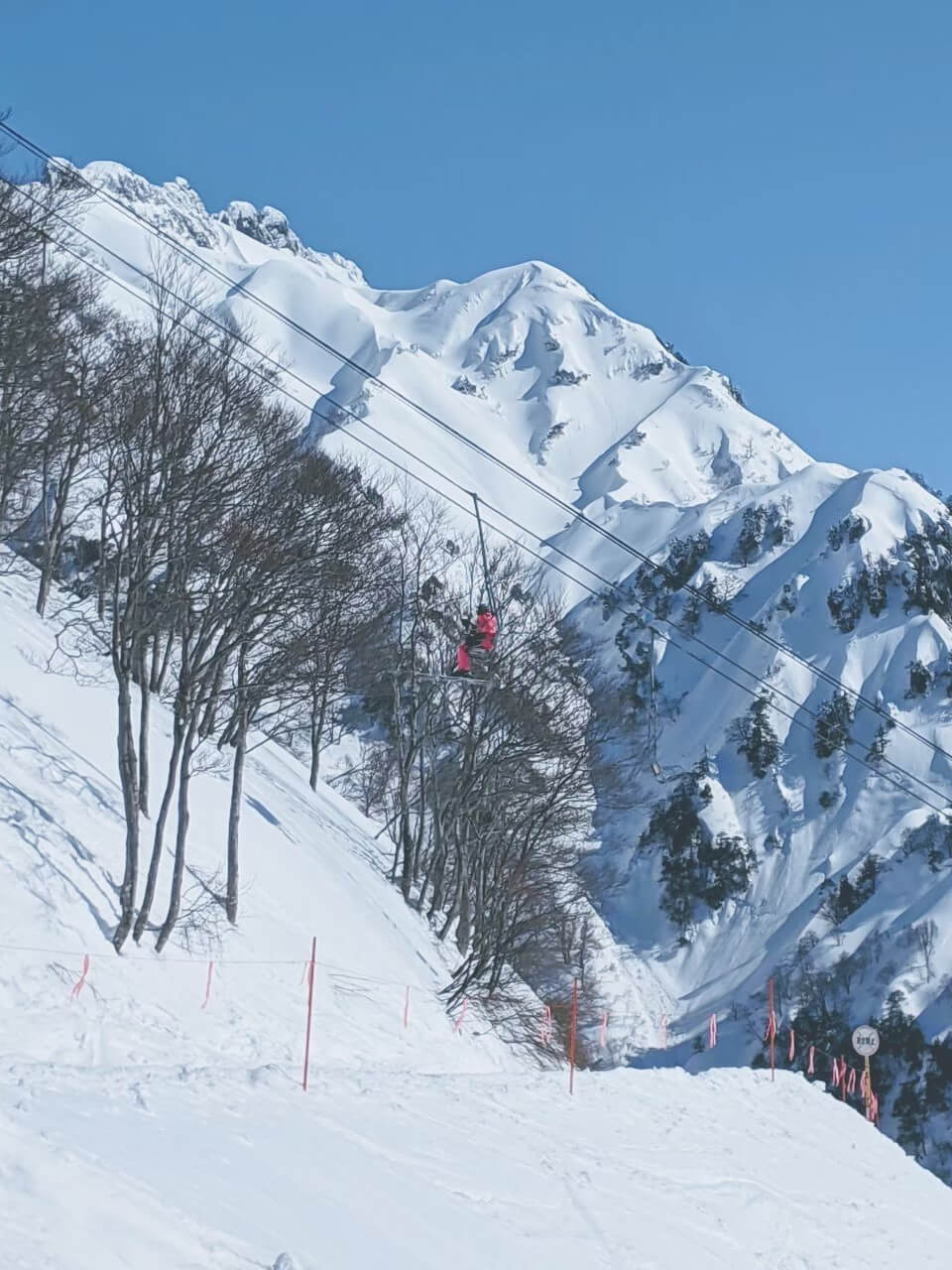
Outside of winter, nearby Naeba Ski Resort hosts Japan’s largest music festival, Fuji Rock Festival, in early summer each year; while Echigo-Tsumari Art Field is a yearly arts festival that occurs over a huge area, with installations placed in natural settings and within traditional buildings in celebration of the region, its unique culture and beautiful natural environment. With a busy calendar of all-year-round events attracting more and more travellers to the region, Yuzawa and the surrounding area offers no shortage of wonderful attractions and activities – and all within easy reach of Tokyo, Nagano and beyond.
WHERE IS YUZAWA?
The hot spring town of Yuzawa is located in Niigata Prefecture, around 180KM (3.5 hours drive) from central Tokyo. The Joetsu Shinkansen line running from Tokyo Station to Niigata Station includes a stop at Echigo-Yuzawa Station, around which the town is spread-out, making it easy to reach from the capital. While the town is one of Japan’s most famous ‘onsen’ (natural hot spring) towns, in recent decades it has become best known as one of the ski areas most accessible from Tokyo (thanks to the shinkansen line). Services run frequently to Echigo-Yuzawa Station making it the main gateway to the area. Easy to get to, exploring the surrounding area is less easy using public transport. Shuttle buses will operate from the station to most ski resorts during winter and to Naeba during Fuji Rock Festival, however outside of those times, hiring a car will be the most convenient way to enjoy the area including seeking-out the widespread installations of Echigo-Tsumari – see below for details. Echigo-Yuzawa Station also acts as the north-eastern gateway to Joshinetsu Kogen National Park with destinations including Mount Naeba and Mount Tanigawa lying within its boundaries.
15 BEST THINGS TO DO AROUND YUZAWA
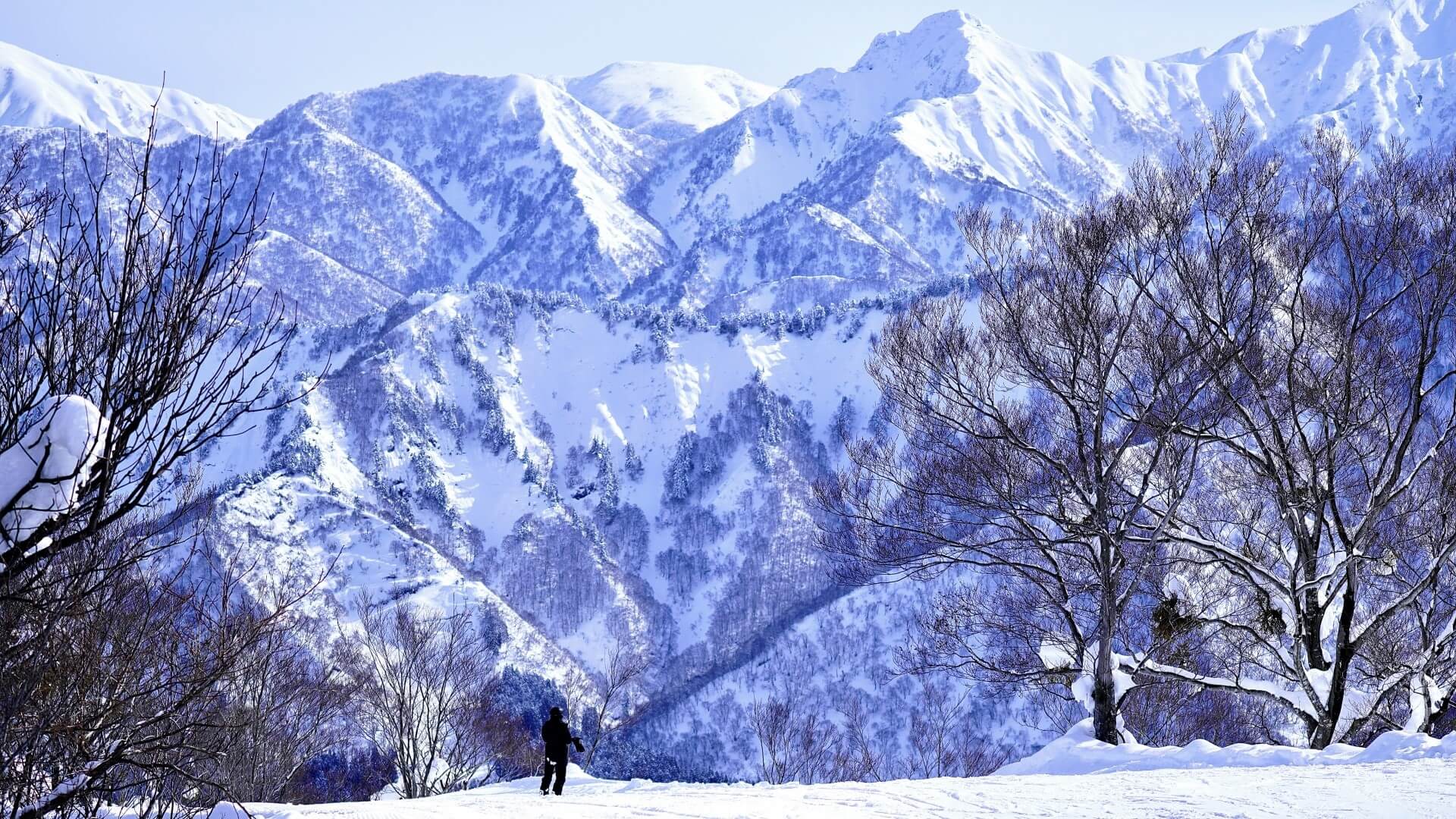

Known as ‘yukiguni’ or ‘snow country’, Yuzawa and the surrounding area is famous as an area of heavy snow, ski resorts and a unique local culture. Outside of winter there’s even more reasons to visit when Naeba Ski Resort hosts Japan’s largest music festival, Fuji Rock Festival and Echigo-Tsumari Art Field attracts visitors from all over the world. Here’s our suggestion of 15 things to do around Yuzawa:
1 / EXPERIENCE JAPAN’S LEGENDARY ‘YUKIGUNI’ / December to March
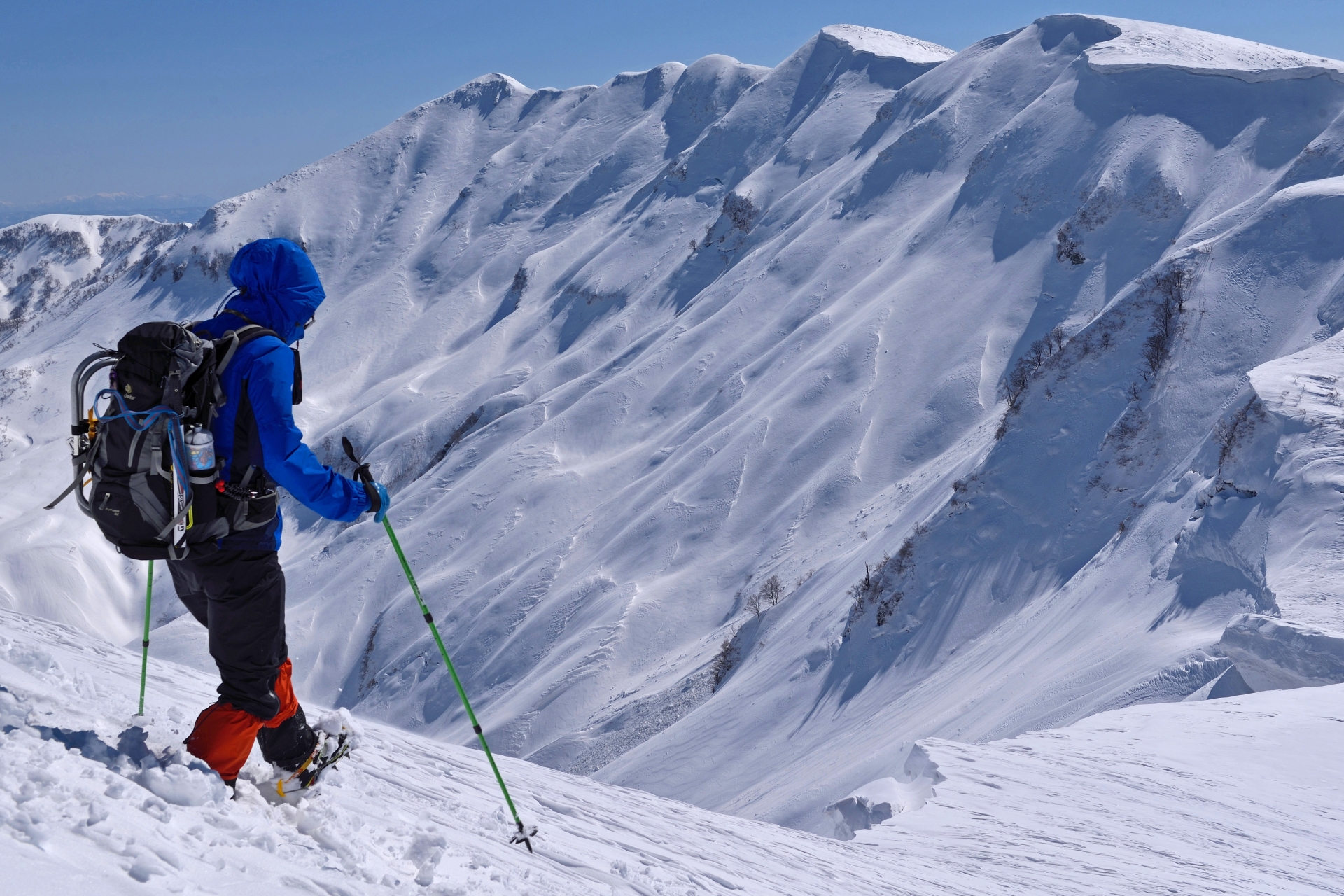
Fondly referred to as ‘yukiguni’ or ‘snow country’, Yuzawa and the surrounding areas of Niigata is known throughout Japan for its heavy snowfall. For generations, the people of Niigata have survived and thrived in winters of immense snowfall which, prior to the advent of modern roads and snow-clearing machinery, would isolate villages throughout the long, cold winter.
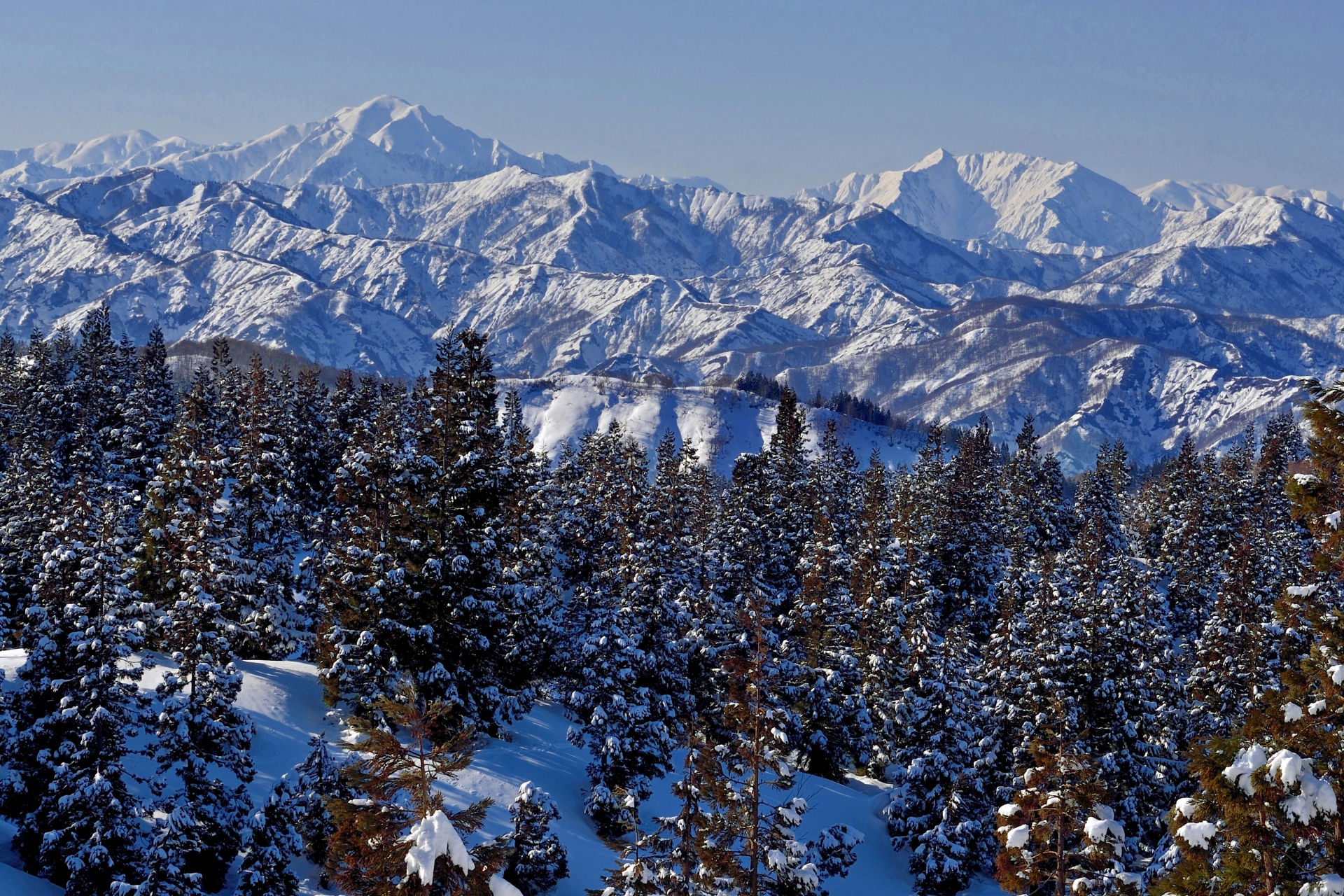
In-fact snowfall could be so heavy, individual houses were often isolated from each other through January, as the huge snow was too fine and soft to dig through or walk over. Only when the snow compacted and turned to ice could people cut themselves out of their homes and have contact with their neighbours.
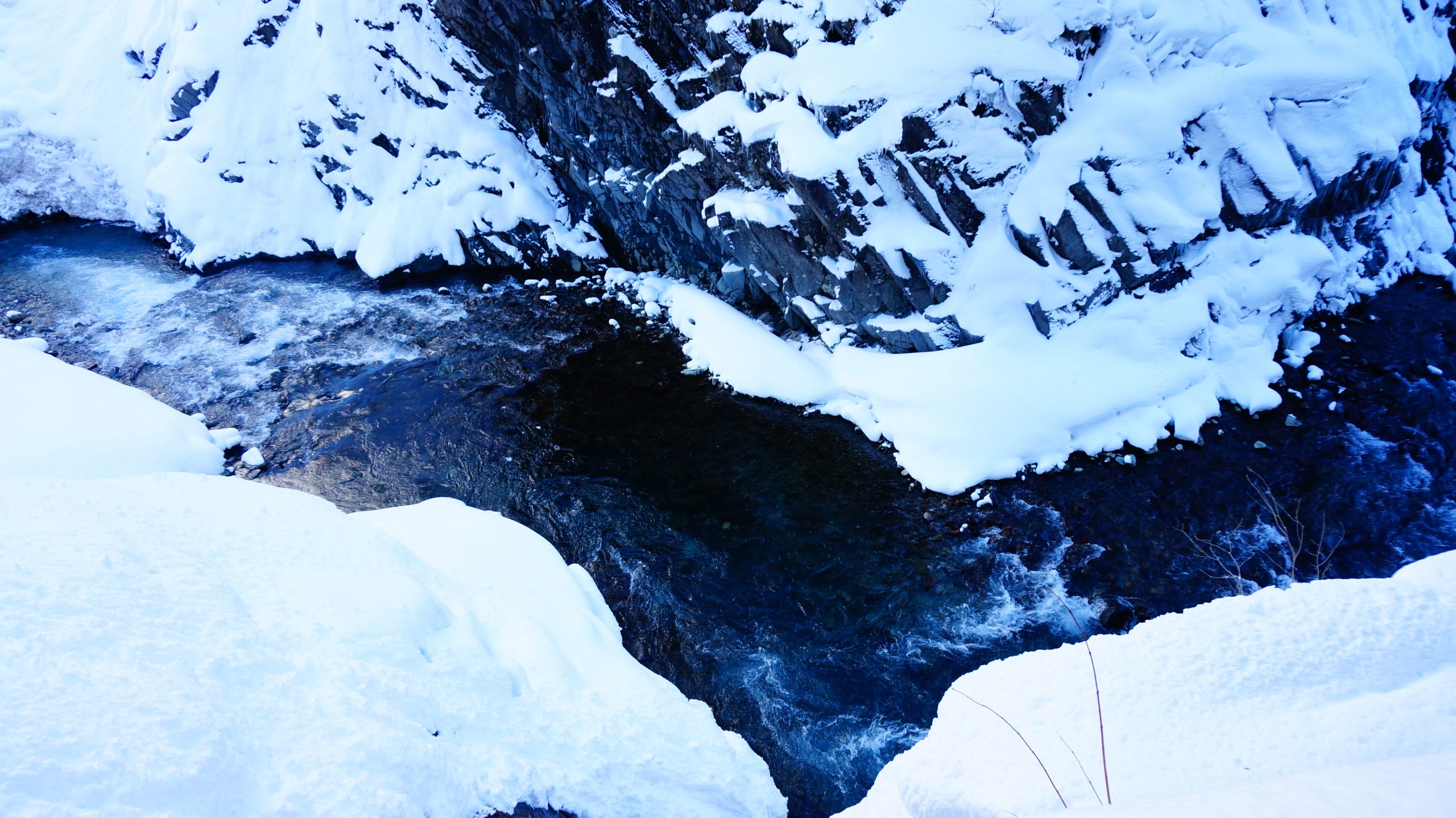
Publication of Yasunari Kawabata’s novel ‘Yukiguni’ in the 1930s brought the region into the Japanese consciousness – a classic love story centred on a geisha in the hot spring town of Yuzawa. While snowfall is getting smaller each year, Yuzawa and the surrounding region remains best-known as ‘yukiguni’ – Japan’s famous snow country.
2 / ENJOY ‘ONSEN’ IN YUZAWA / all year round
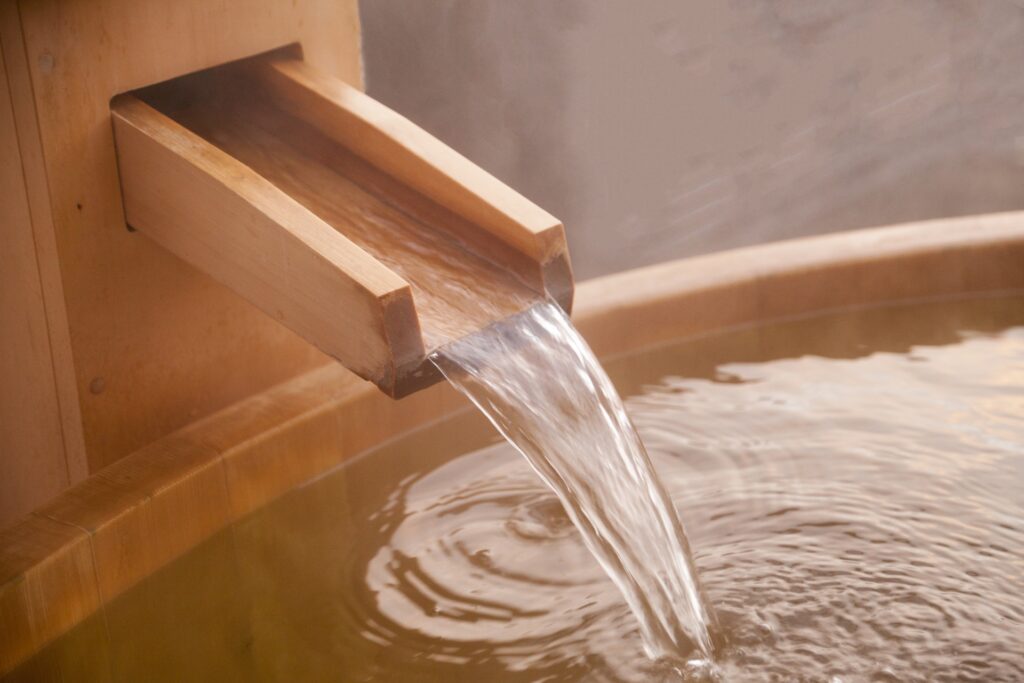
Yuzwa is home to numerous ‘ryokan’ (traditional guesthouses) and hotels, most of which have their own natural hot springs. Known as ‘onsen’ in Japanese, enjoying one of the towns many hot springs is one of the best experiences available – particularly in winter as the snow falls around you. For travellers wanting to experience traditional Japanese service comfort including ‘kaiseki’ (multi-course) meal service and hot springs, booking accommodation in Yuzawa is a great way to unwind and indulge. For more information, see ‘Where to Stay When Visting Yuzawa’ below.
3 / SKIING & SNOWBOARDING IN YUZAWA / December to April
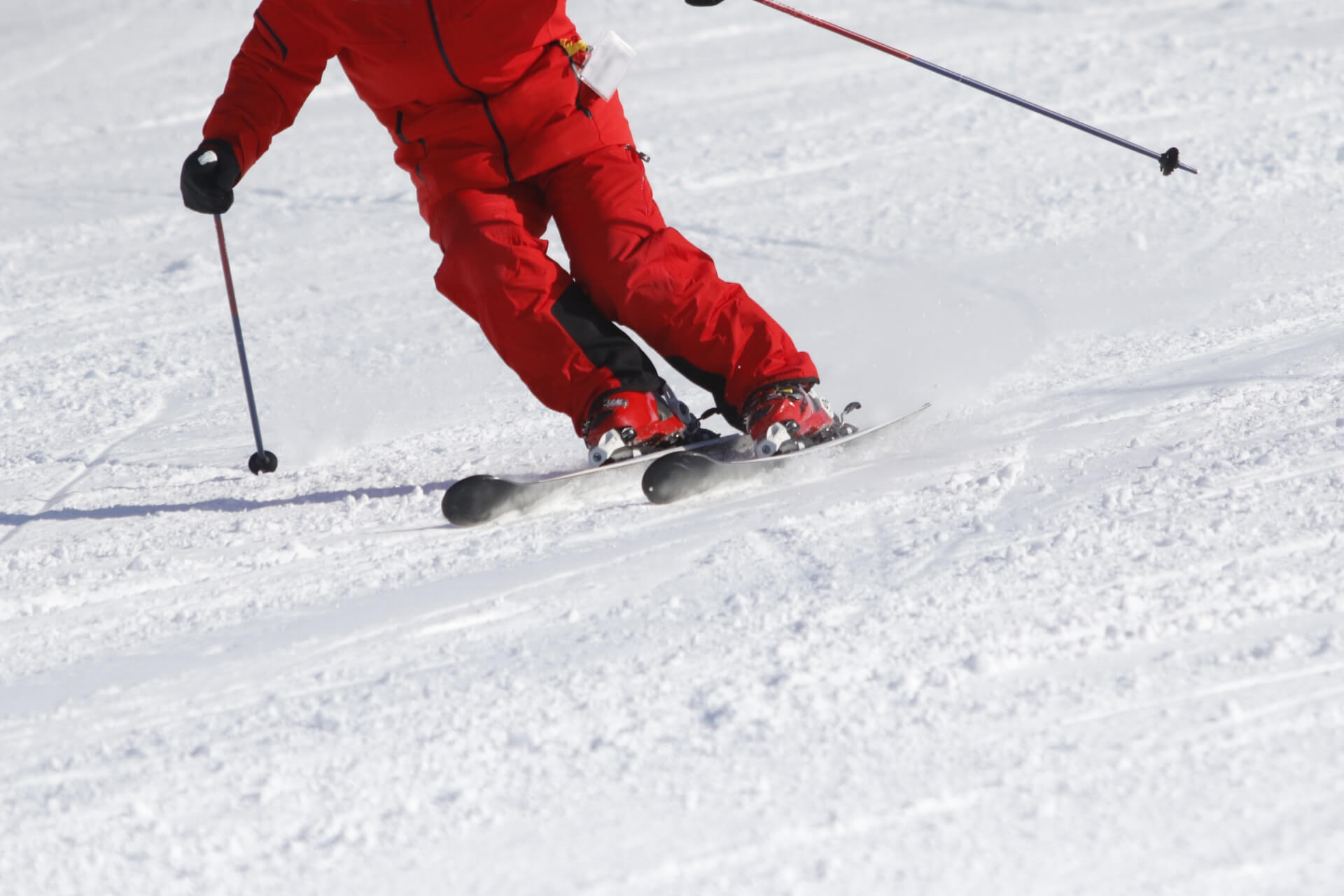

Blessed with heavy snowfall and plenty of mountains, the area surrounding Yuzawa is home to many ski resorts. While Niigata operates somewhat in the shadow if neighbouring Nagano, the ease of access to several of its resorts from Tokyo make it an ever-popular winter destination. For those coming from Tokyo, GALA Yuzawa Snow Resort offers unmatched convenience. Boasting a shinkansen station actually under the resort, passengers disembarking the train can head straight-up in to the main building of the resort, purchase their lift pass and board the gondola.
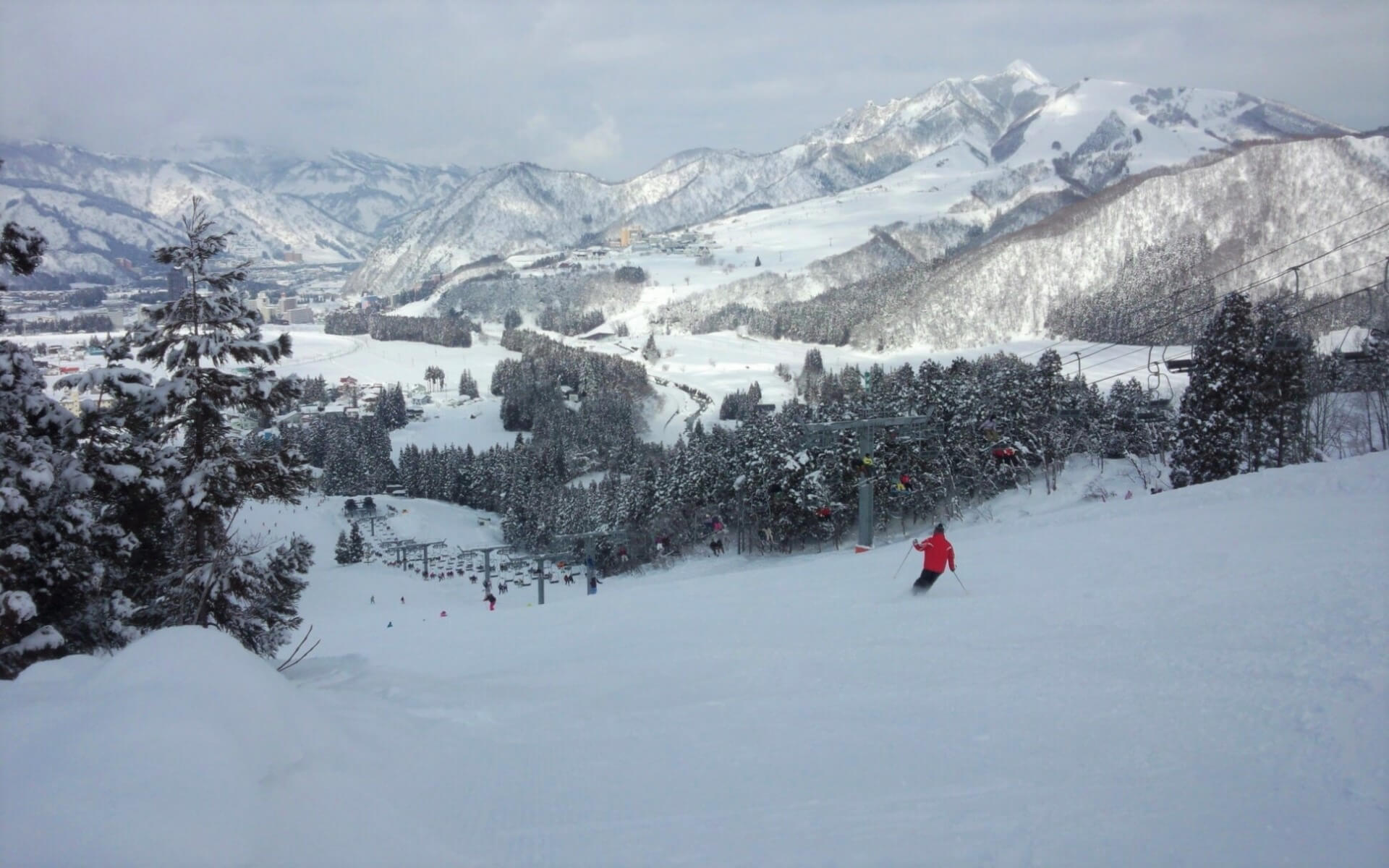
The resort is particularly popular with day-trippers from Tokyo and newbies, so expect it to be crowded with plenty of people who don’t really know what they’re doing. For international visitors looking to enjoy the best of Niigata, there are plenty of other resorts – including better ones – nearby Yuzawa, many of which operate shuttle buses to and from Echigo-Yuzawa Station. The connected Naeba Ski Resort and Kagura Ski Resort are probably the pick of the bunch. Much larger than GALA Yuzawa, visitors can buy ski passes covering one or both resorts, offering much better and varied terrain. Of the two, Kagura is considered to have the more reliable snow. The area around Yuzawa has around twenty ski resorts so there’s no shortage of options each winter. Also readily accessible from Echigo-Yuzawa Station, Joetsu Kokusai is Japan’s second largest resort and one of the region’s most picturesque. Best-suited to beginner and intermediate skiers and snowboarders, the resort is only 11 minutes by train from Yuzawa.
4 / YUZAWA KOGEN ROPEWAY / all year round
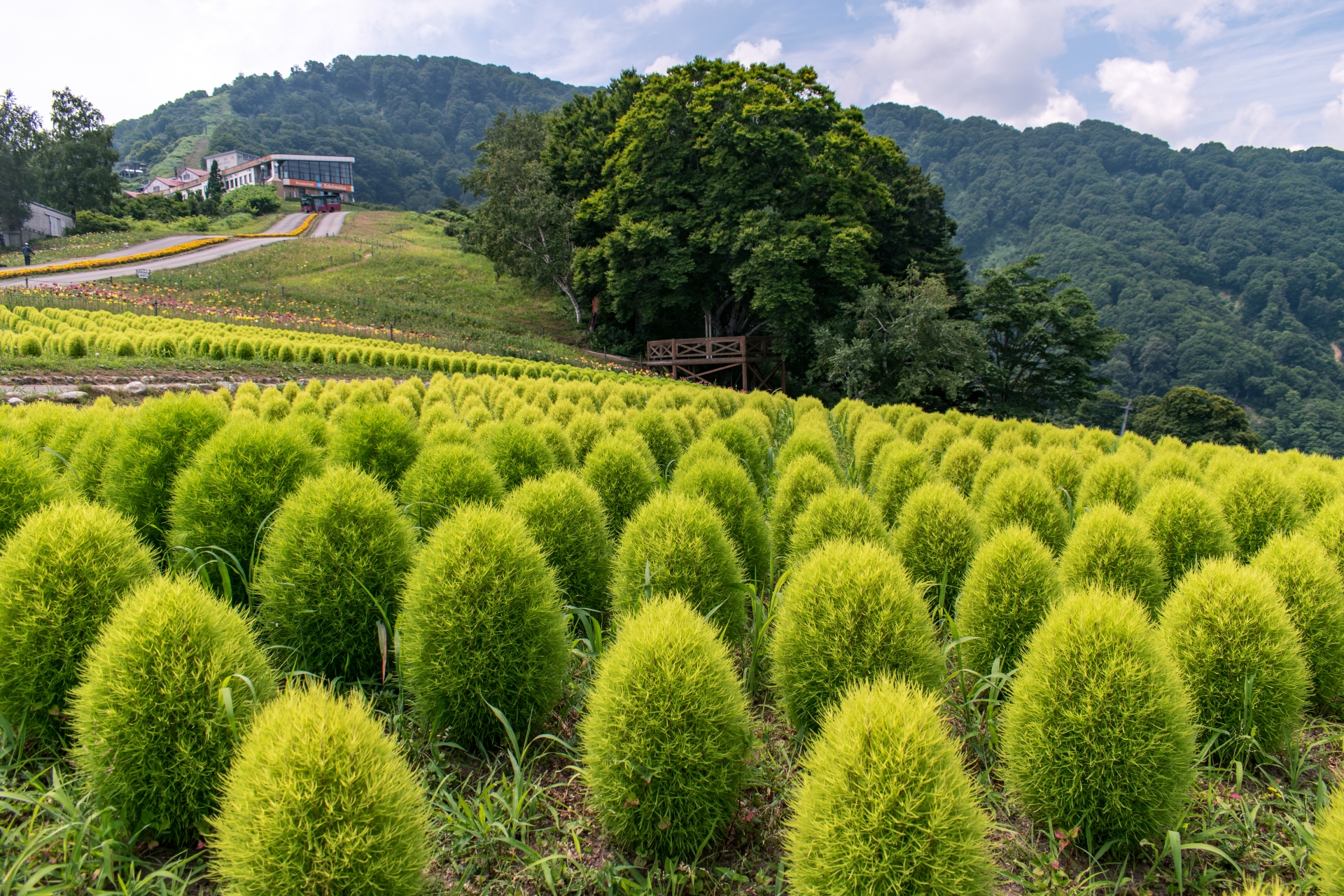
The Yuzawa Kogen Ropeway operates from the centre of Yuzawa town and in winter is the main transport for skiers and snowboarders enjoying Yuzawa Kogen Ski Resort. Outside of winter, the ropeway continues to operate and in doing so, provides access to the Yuzawa Panorama Park Alpes and Alpine Botanical Gardens. From the top station, visitors can enjoy the view of the surrounding mountains, with a couple of restaurants at which to enjoy a drink, snack or meal. Leisurely walking trails lead to areas including the Alpine Botanical Gardens, home to more than 200 species of plants. Blessed with alpine flowers for most months outside of winter, October to November bring the changing leaves of autumn – a truly stunning sight.
5 / ENJOY NIIGATA’S FAMOUS ‘SAKE’ / all year round
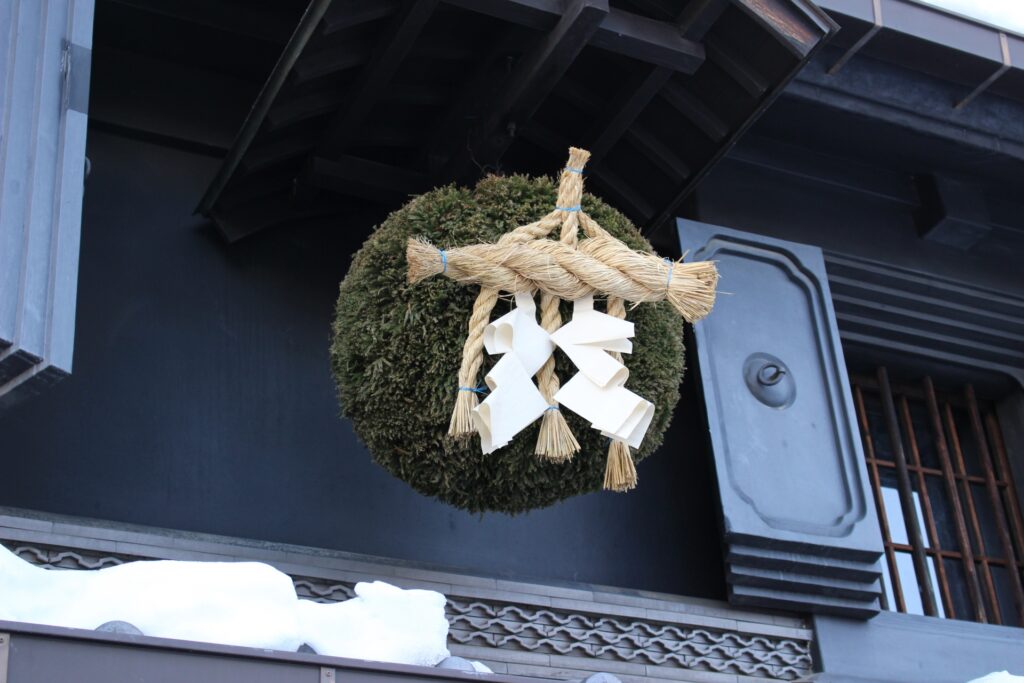
When producing great ‘sake’ you need three things – lots of pure water, great rice and a whole lot of dedication. Blanketed by heavy snow each winter, Niigata is blessed with an abundant supply of clean water which in turn produces some of Japan’s best rice – the locals of course will proudly say it’s the best! Combine those with winter conditions that also worked residents to remain indoors for long periods during winter, and you have the ideal environment for producing sake. Niigata is home to the largest number of sake breweries in Japan and the quality of its produce is renowned throughout the country. Throughout Yuzawa and the broader Niigata area, you will find sake served in all restaurants, bars and hotels with a strong emphasis on local breweries.
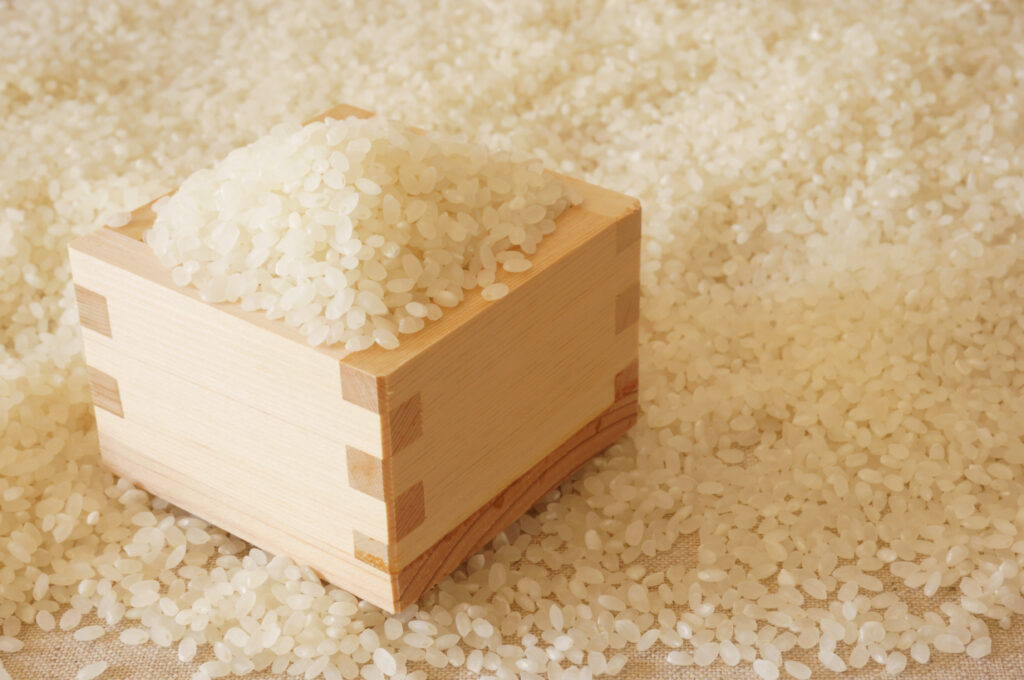
So dive in and enjoy the warming world of sake while in Yuzawa! Whether you’re a novice or seasoned sake drinker, when passing through Echigo-Yuzawa Station we recommend trying Ponshukan. Located in station’s shopping area, Ponshukan is an open-format bar serving sake from all over Niigata – just around 100 to choose from! Visitors purchase tokens – 5 for JPY500 – which are then inserted into your choice of sake brewery on a vast wall of sake dispensers. Between shots, you can cleanse your palate by sampling another wide-variety of salt from different regions, before selecting your next shot. Ponshukan is easy to spot. Just look for the drunken-man statue splayed in-front of the shop entrance.
6 / FUJI ROCK FESTIVAL / last weekend of July
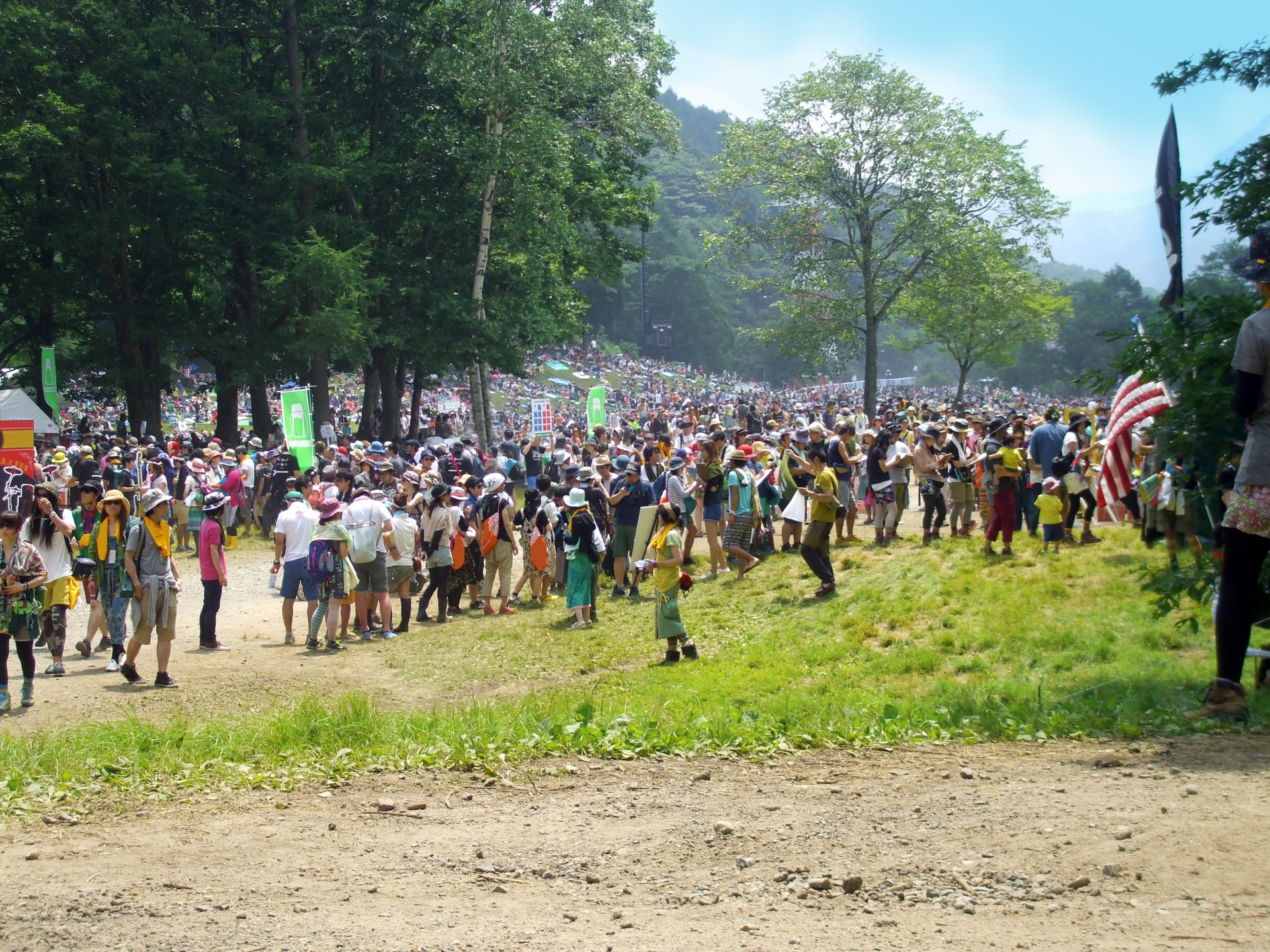
Usually taking place on the last weekend of July, Fuji Rock Festival is Japan’s largest music event. Since 1999, the yearly festival has been held at Niigata’s Naeba Ski Resort, attracting huge crowds and some fantastic line-ups. Running over three days, the festival includes seven main stages with minor stages and events dotted through the festival grounds. The main ‘Green Stage’ has capacity for around 50,000 people – something much needed for a festival which has previously attracted over 100,000 punters. Fuji Rock is known to boast fantastic line-ups over the years with a strong emphasis on rock, electronic and alternative bands. As you’d expected with any music festival worth its salt, there is a strong emphasis on inclusiveness, respect for the environment and damn well having fun. With plenty of room for camping on-site and the typical mix of late-July heat, rain and humidity, expect to get hot but have a whole lot of fun.
7 / ECHIGO-TSUMARI ART FIELD / best: July to September
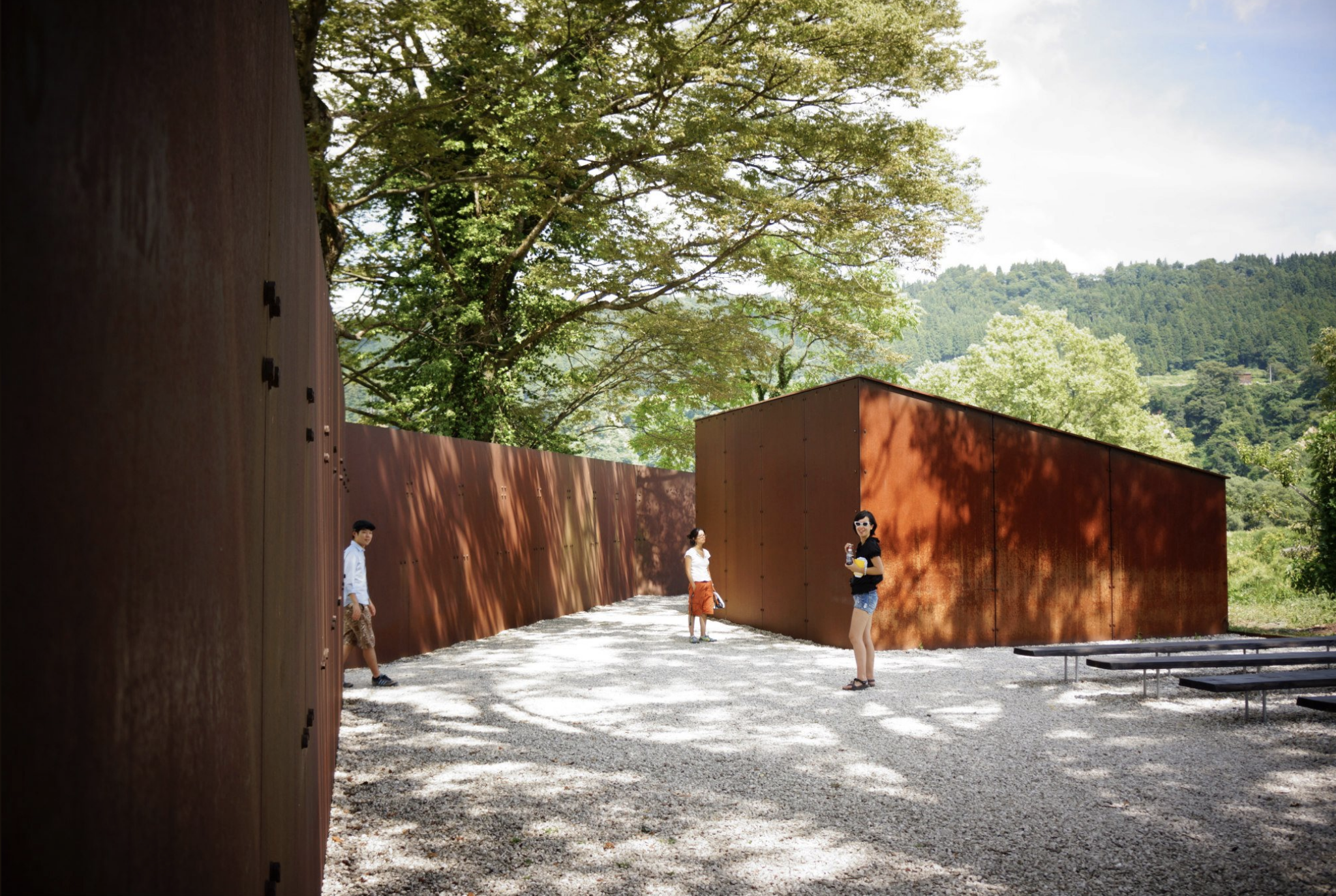
First held in 2000, Echigo-Tsumari Art Triennial (ETAT) or Echigo-Tsumari Art Field is the creation of Niigata-born, Kitagawa Fram. As the director of Tokyo’s Art Front Gallery, Kitagawa Fram envisioned and initiated the arts festival as a means of rejuvenation of his home area – a rural region suffering from a declining population and stagnant economy. Recognising the rich and unique traditions of the region – Japan’s fabled ‘snow country’ – along with its natural beauty, ETAT was intended to help revitalise and rejuvenate the area through art project, installations, events and performances through which ‘city-dwellers’ would meet and collaborate with local people.
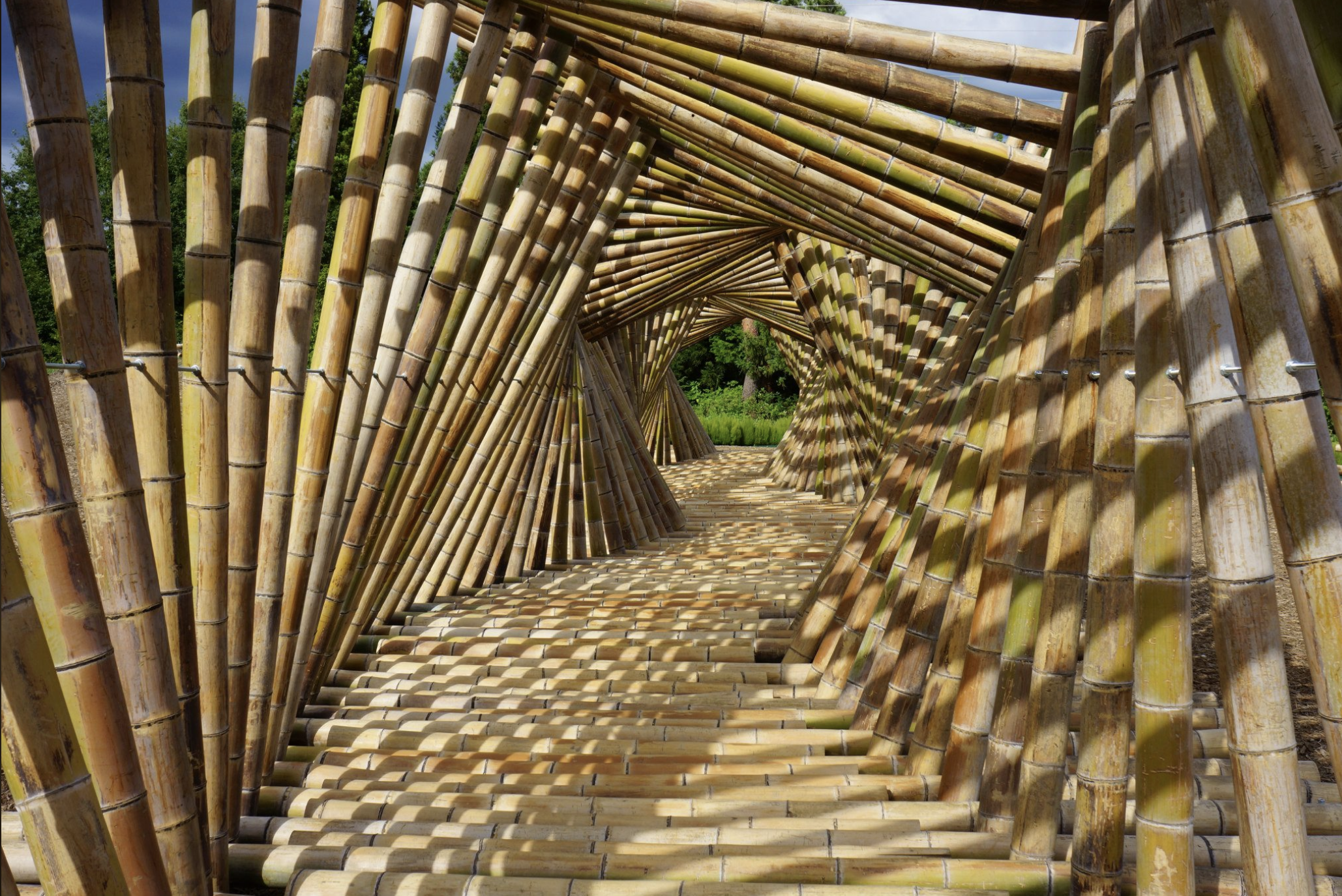
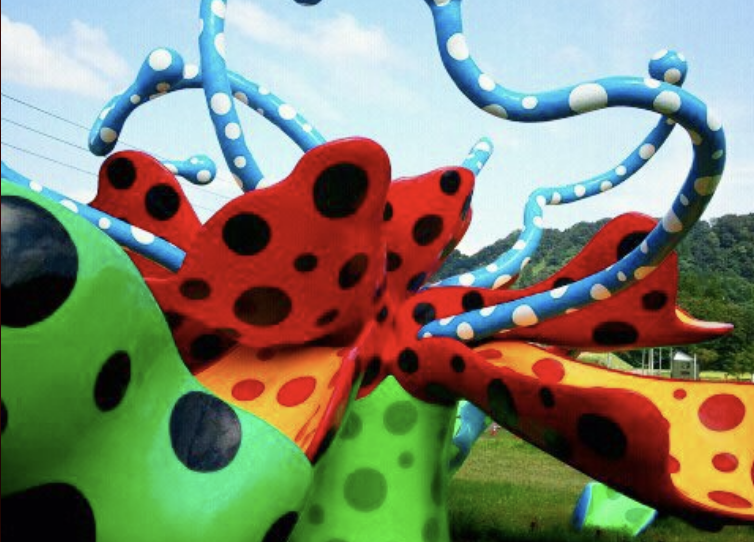
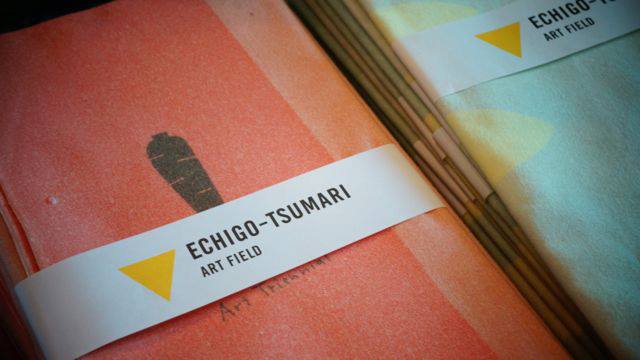
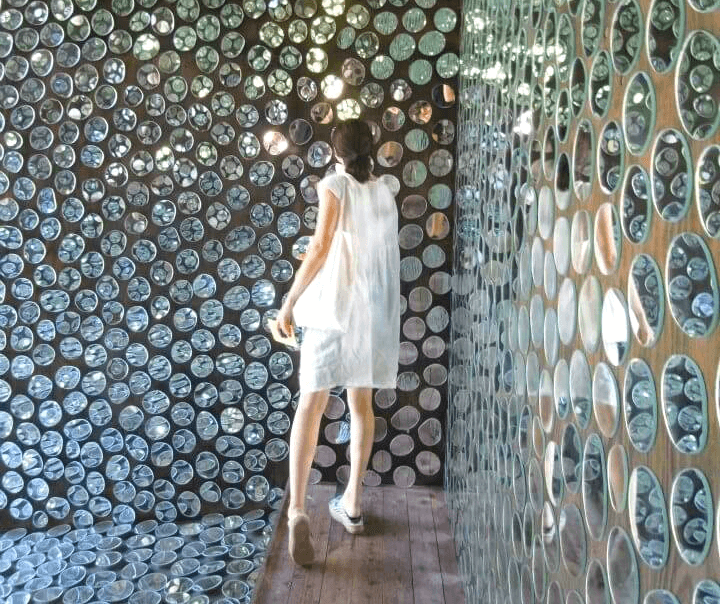
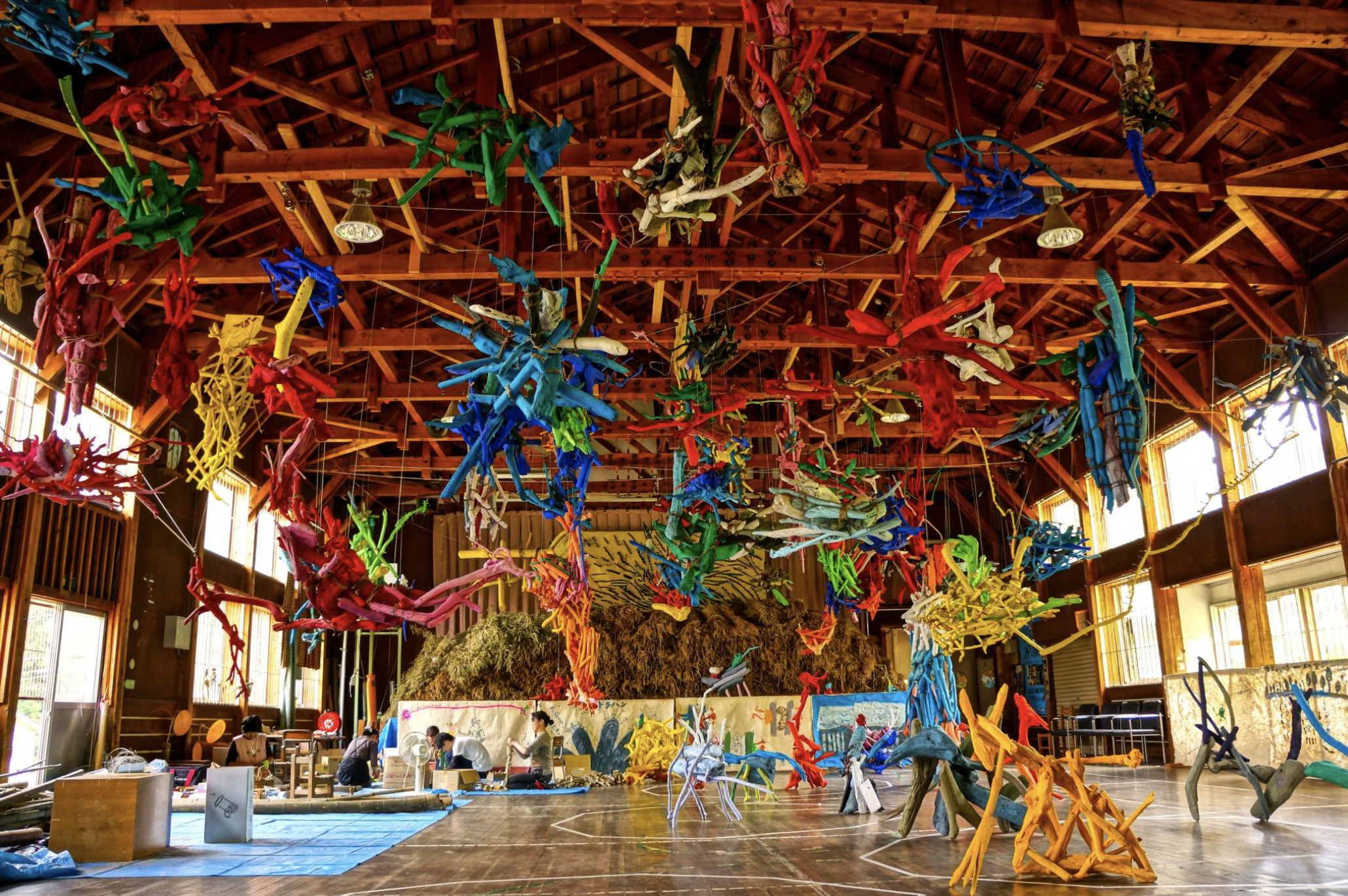
The official triennial occurs every three years, with the next scheduled for summer 2021. Intervening years see a smaller summer festival however with many installations being placed outdoors in settings including forests, rivers and rice fields, the festival in effect never really stops and can be enjoyed all year round. Installations and projects range for the grand in scale to small, with notable artworks by high-profile international and Japanese artists sitting alongside those by local people. The message of this festival is collaboration and celebration of the local community. As such, it is very hard to define it succinctly. It’s best to just go see for yourself…
8 / KIYOTSU GORGE inc. TUNNEL OF LIGHT / all year round
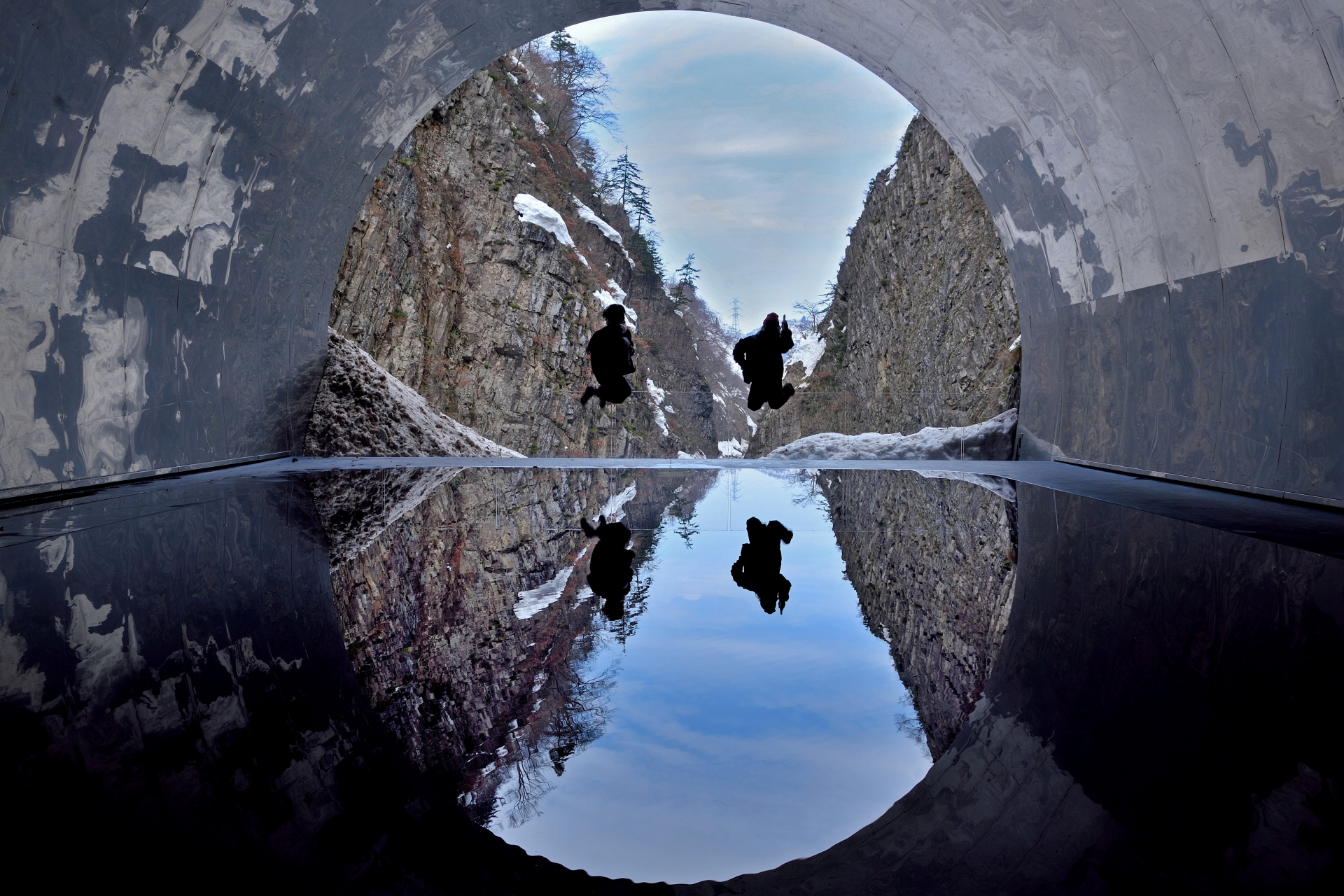
Often cited as one of Japan’s most beautiful gorges, ‘Kiyotsukyo’ or Kiyotsu Gorge is only 30-minutes drive from Echigo-Yuzawa Station. Long famous with local residents, the gorge has achieved even greater national fame in recent years thanks to its incorporation into the Echigo-Tsumari Art Field and inception of the ‘Tunnel of Light’ by Ma Yansong and MAD Architects. At 750 metre tunnel provides access to the gorge at all times of year with light and art installations inside and three view points from where visitors can enjoy the beautiful gorge.
9 / KYORORO FOREST SCHOOL / all year round
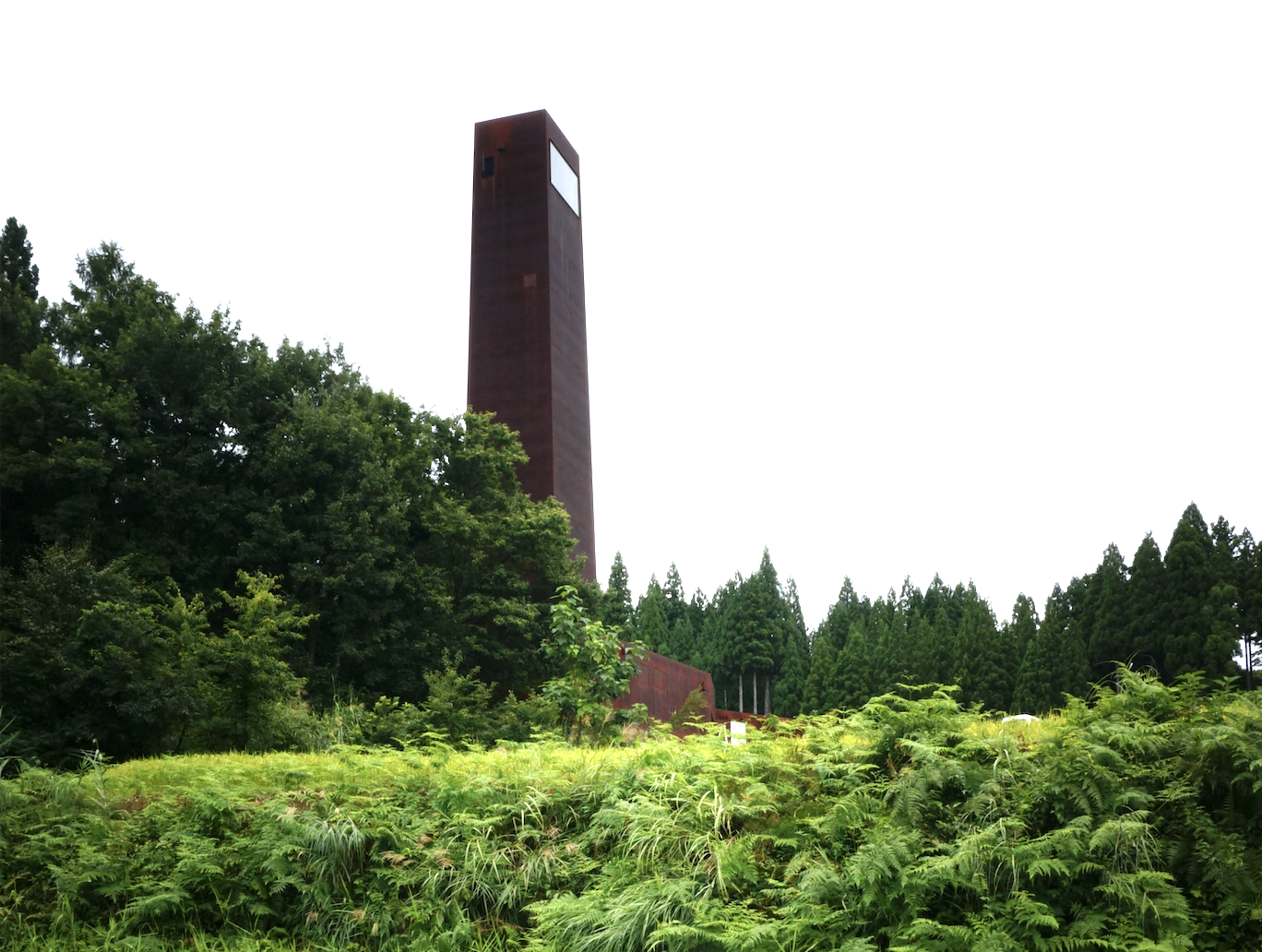
Officially referred to as the ‘Echigo Matsunoyama Museum of Natural Science’ or more simply ‘Kyororo’, is an ecomuseum and forest school aimed at children but also enjoyable for adults. One of the first major projects of Echigo-Tsumari Art Field, the main building is designed to resemble a gigantic snake emerging from the lush green surroundings of summer and deep snow in winter.
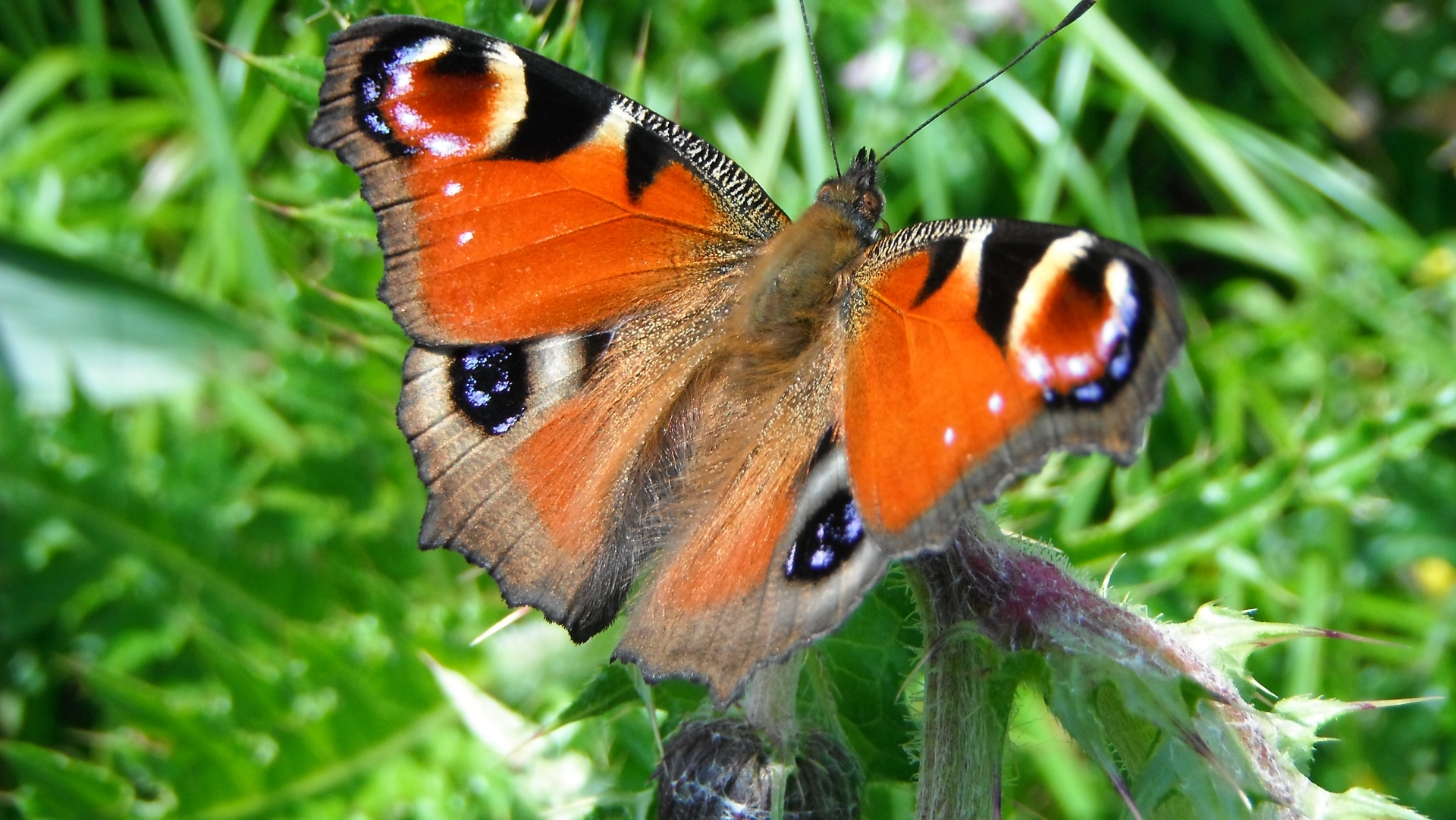
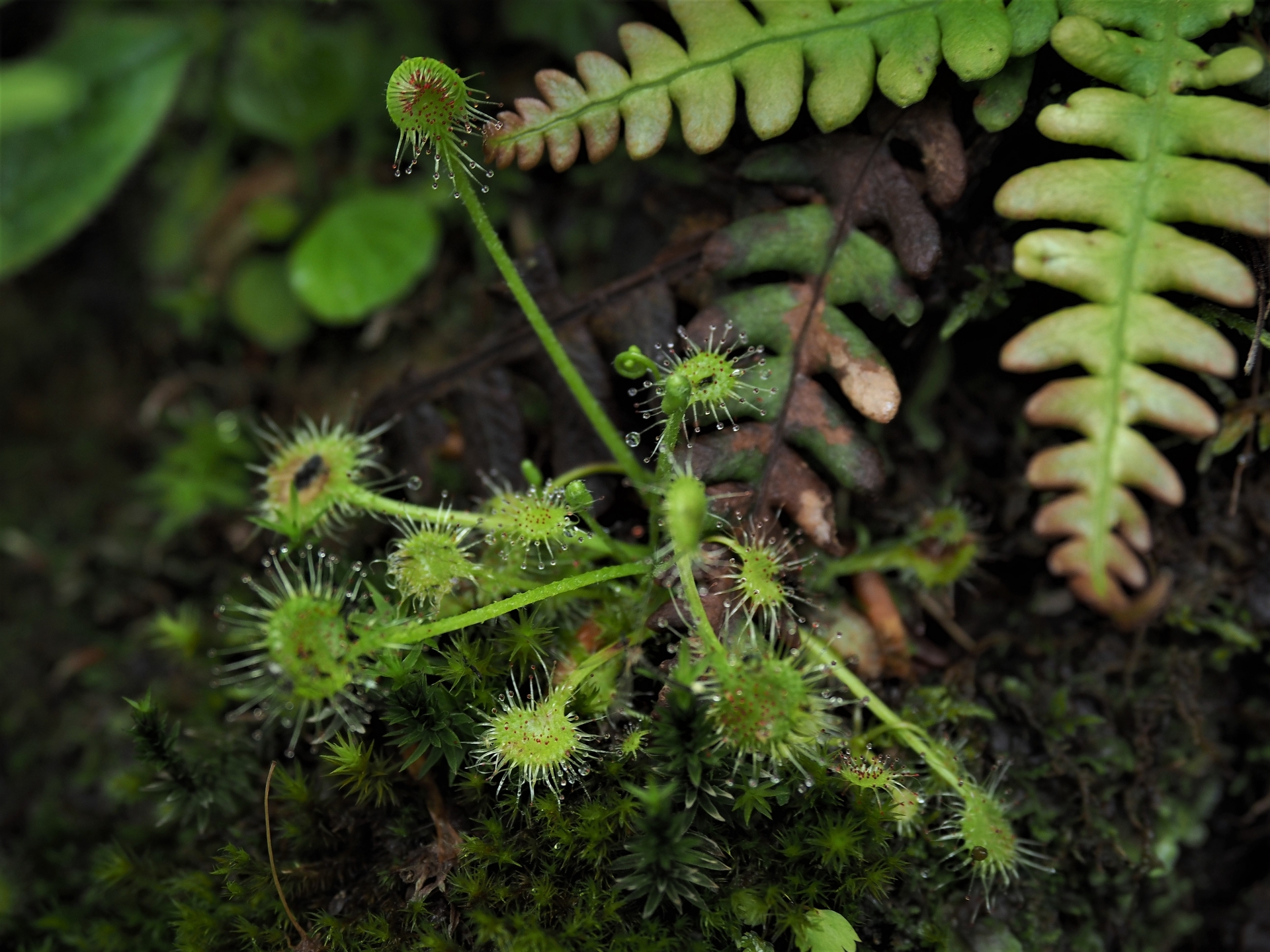
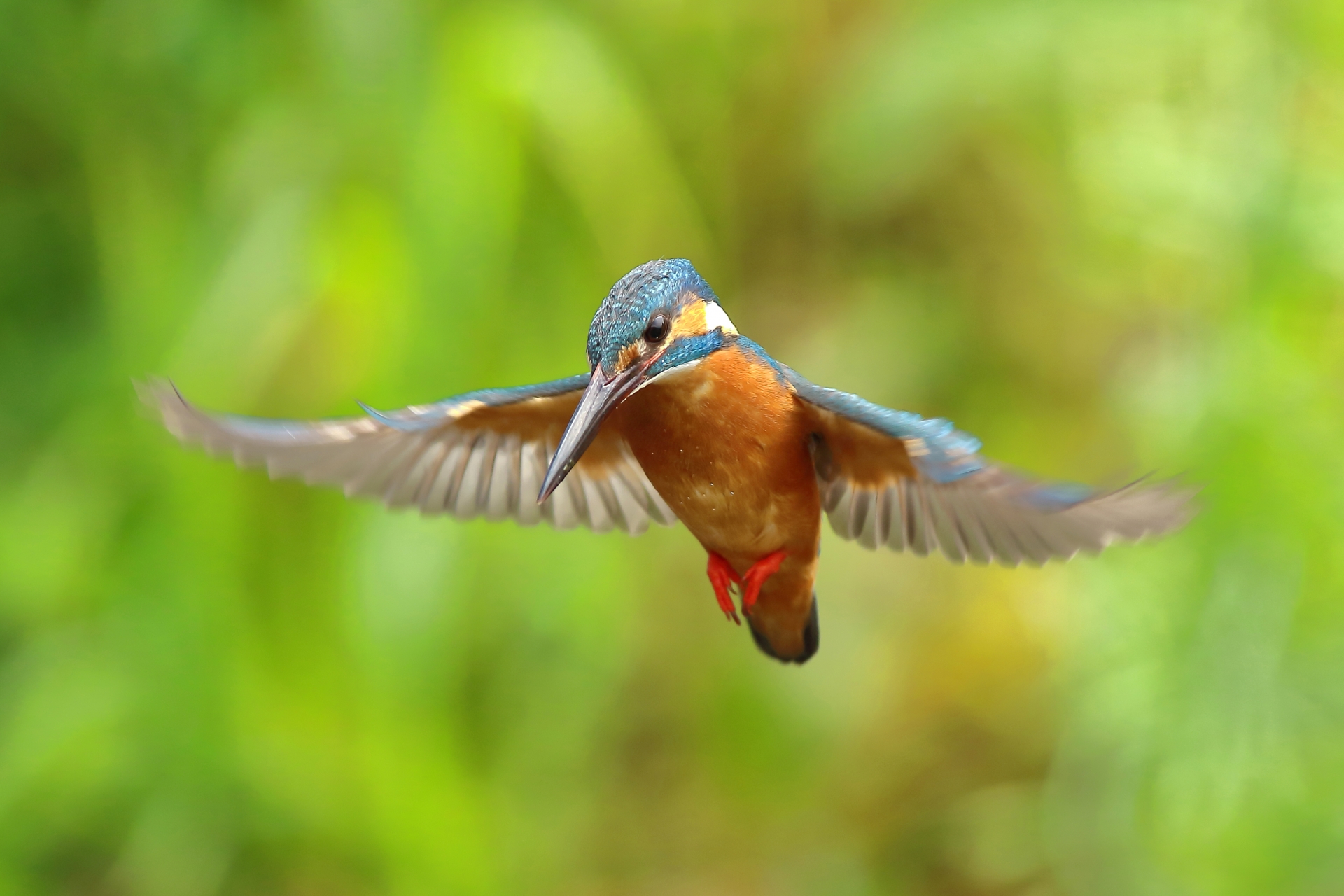
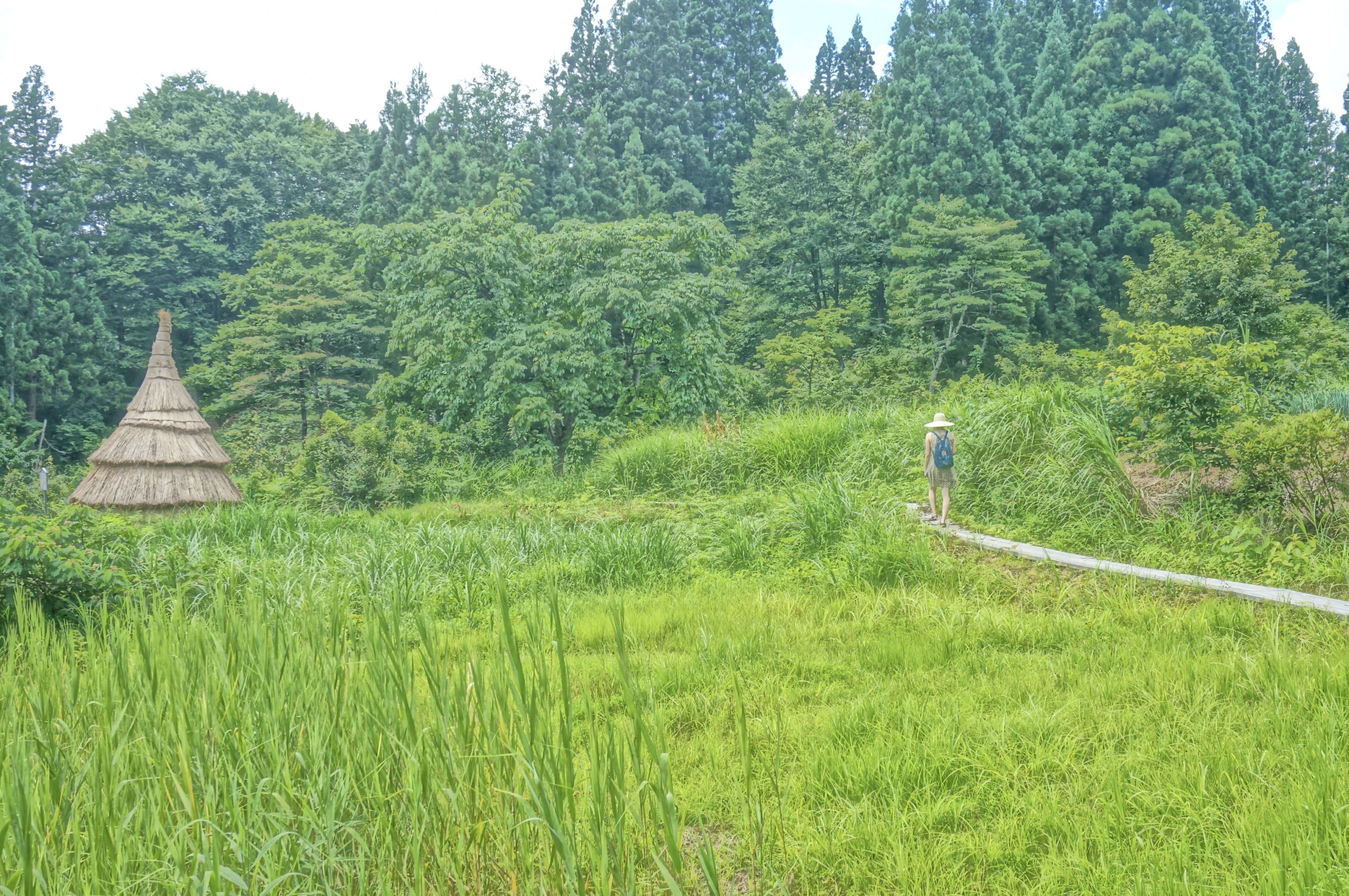

The museum displays inside are relatively simple and with limited English information, however cases with native insects, aquatic life and reptiles including snakes capture the attention of children, with workshops promoting traditional crafts. Climbing to the top of the 160-stair tower requires some effort but from the top, visitors can enjoy a view of the landscape including the forest walks that surround the museum. Located next to the Matsunoyama’s famous Bijinbayashi or ‘Beauty Forest’, visiting Kyororo is an enjoyable daytrip from Echigo-Yuzawa Station.
10 / BIJINBAYASHI (BEAUTY FOREST) / all year round
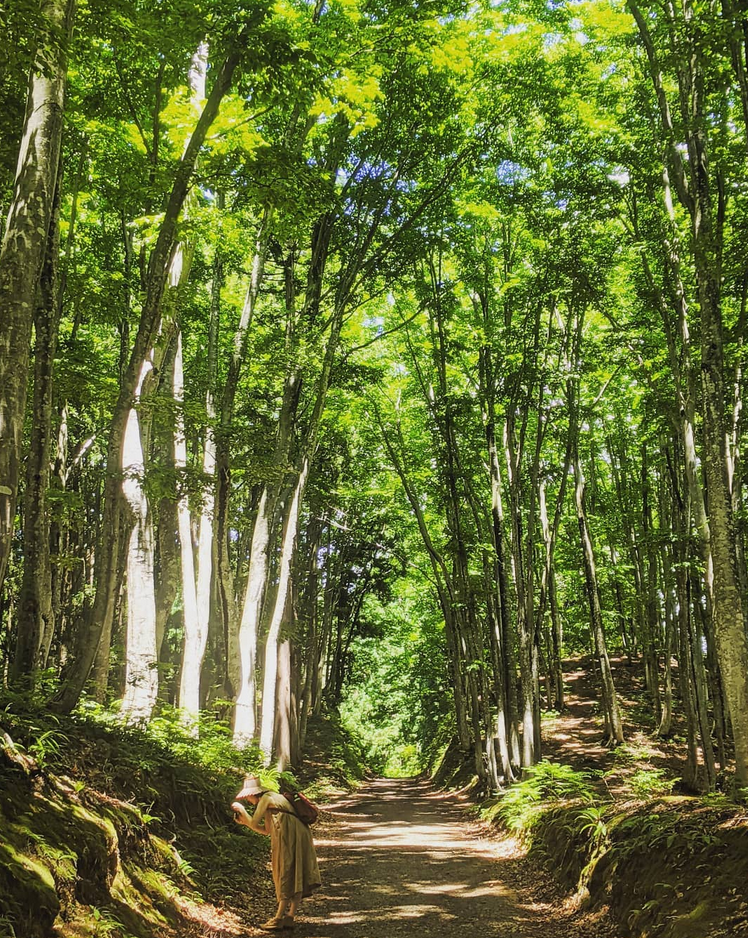
Located next to Kyororo Forest School, Bijinbayashi translates as both ‘Beauty Forest’ or ‘Forest of Beautiful Women’ – a tranquil forest of 90-year old beech trees. The slender and smooth trunks of the trees have a shapely incline, as they rise high to the sun above. As such, local people say they remind them of the grace silhouettes of beautiful women. In recent years, the small forest has achieved tremendous fame and now attracts many visitors a year. However, unless you are unlucky and a large tour bus arrives while you are there, you are likely to be one of only a few people wandering through the beautiful groves. Each season is as beautiful as the next, with the forest accessible throughout the year. Subject to heavy snowfall in winter, visitors should dress appropriately from December to March and should you wish to walk through the forest, you will need snowshoes to navigate the deep snow.
11 / HOSHITOGE RICE TERRACES / best: May to October
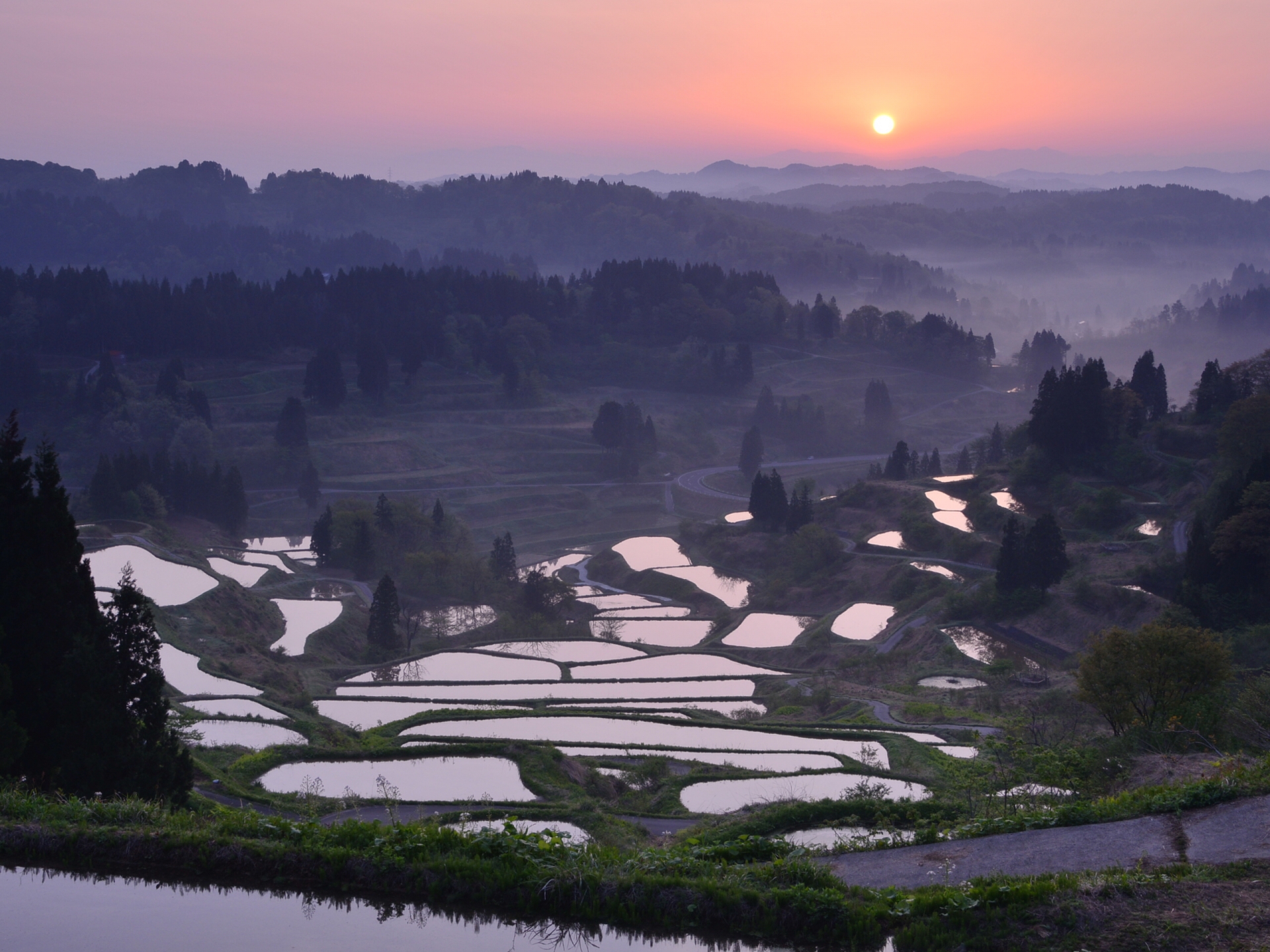
Producing some of Japan’s best rice including the highly-prized ‘koshihikari’, the people of Niigata take pride and a strong sense of identity from the fields and terraces they have farmed over generations. Rice fields are ubiquitous through the region. Pleasing to the eye and highly-photogenic, these manmade landscapes blend seemingly into the surrounding forests and mountains – and none more so the Hoshitoge Rice Terraces.
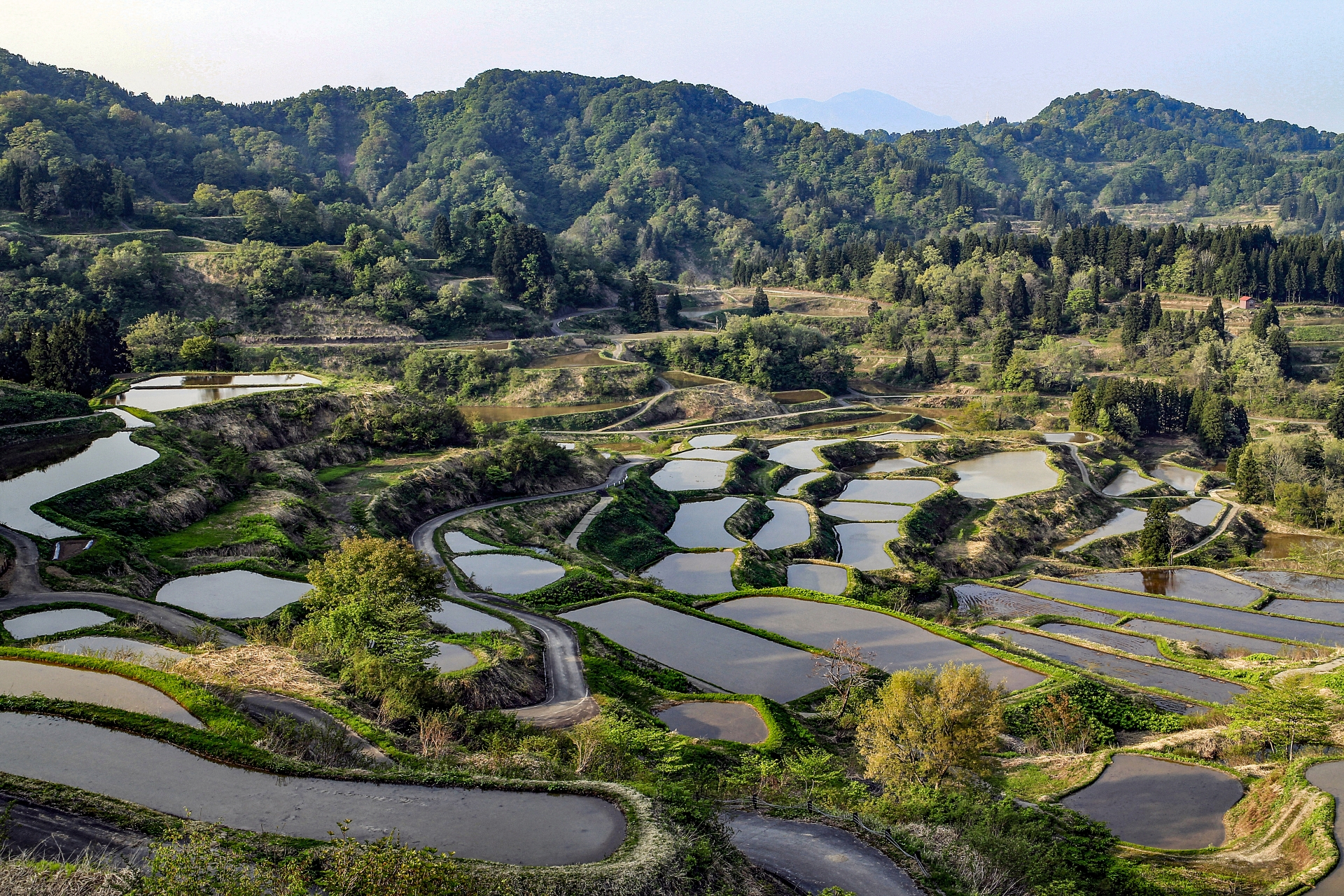
Located in the Matsudai region, the terraces are accessible by car throughout the year but perhaps at their best in spring – from May to June – when the terraced fields are flooded with water and reflect the morning and evening sky, and in later summer – in August and September – when the mature rice turns lush green before yellowing before harvest. If you want to understand the essence of Niigata, look no further than its rice fields.
12 / MOUNT NAEBA – HIKING & ROPEWAY / best: July to November
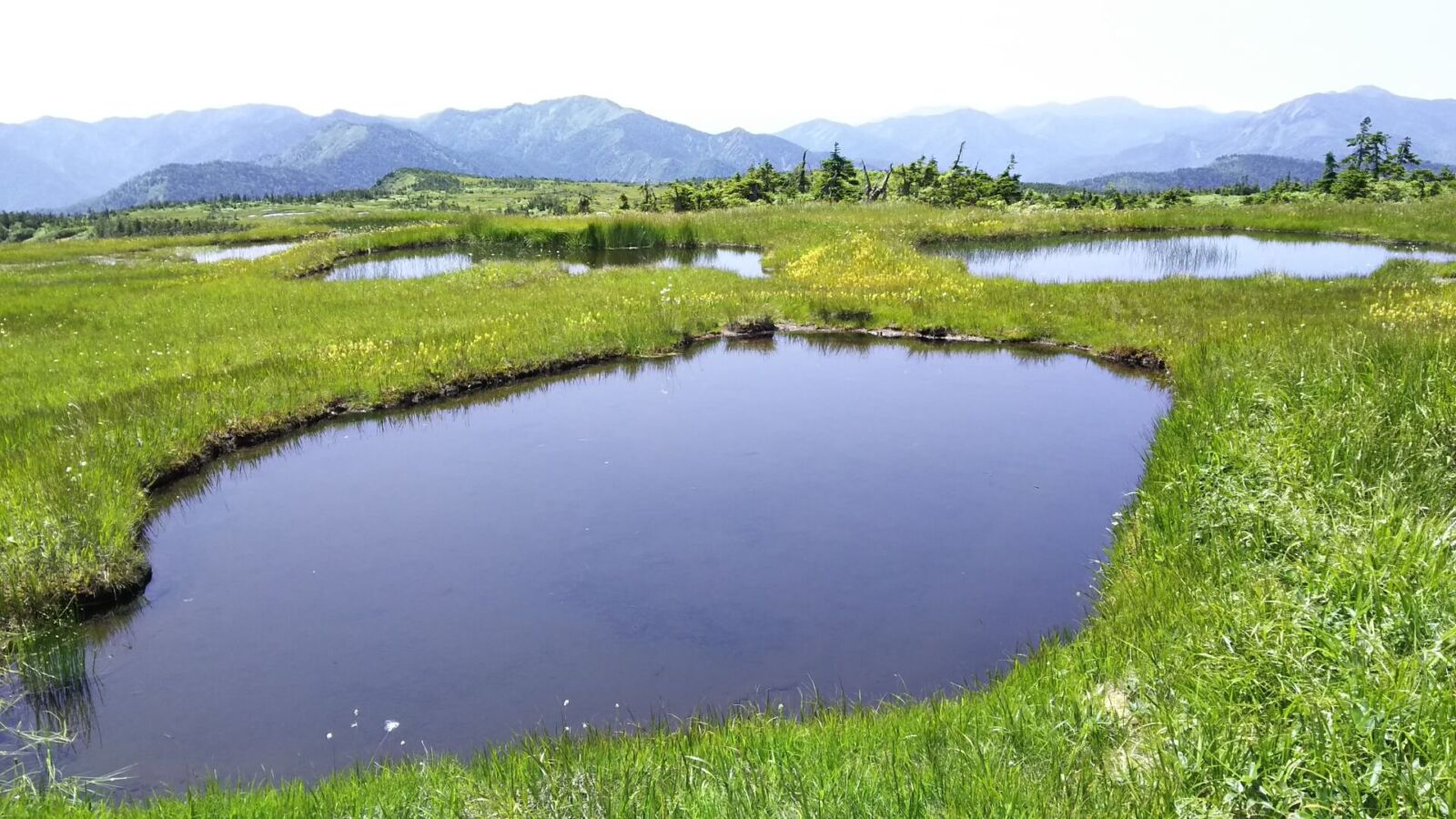
Home to Naeba Ski Resort in winter and Fuji Rock Festival in summer, Mount Naeba is actually part of the larger Joshinetsu Kogen National Park. Standing 2145 metres above sea level, Naeba is within easy reach of Echigo-Yuzawa Station and through summer and autumn offers outstanding hiking and nature photography. Naeba’s ‘Dragondola’ lays claim to being the world’s longest gondola, running 5.5km between the two stations. Taking around 25 minutes, gondolas carry a maximum of 8 people and afford fantastic views of the surrounding landscape. At its most spectacular from October to November, Naeba is known for its stunning autumn colours and pleasant hiking once you reach the upper station, including around Tashiro Lake. In winter, the gondola services Naeba and Kagura Ski Resorts along with the smaller Tashiro Ski Resort. Connecting with Kagura Ski Resort, the area around Mount Naeba is the largest interconnected ski area in Niigata. Combine that with Fuji Rock – Japan’s largest music festival – in early summer and outstanding hiking through summer and autumn, Mount Naeba is an all-year-round destination.
13 / MOUNT TANIGAWA – HIKING & ROPEWAY / best: July to November
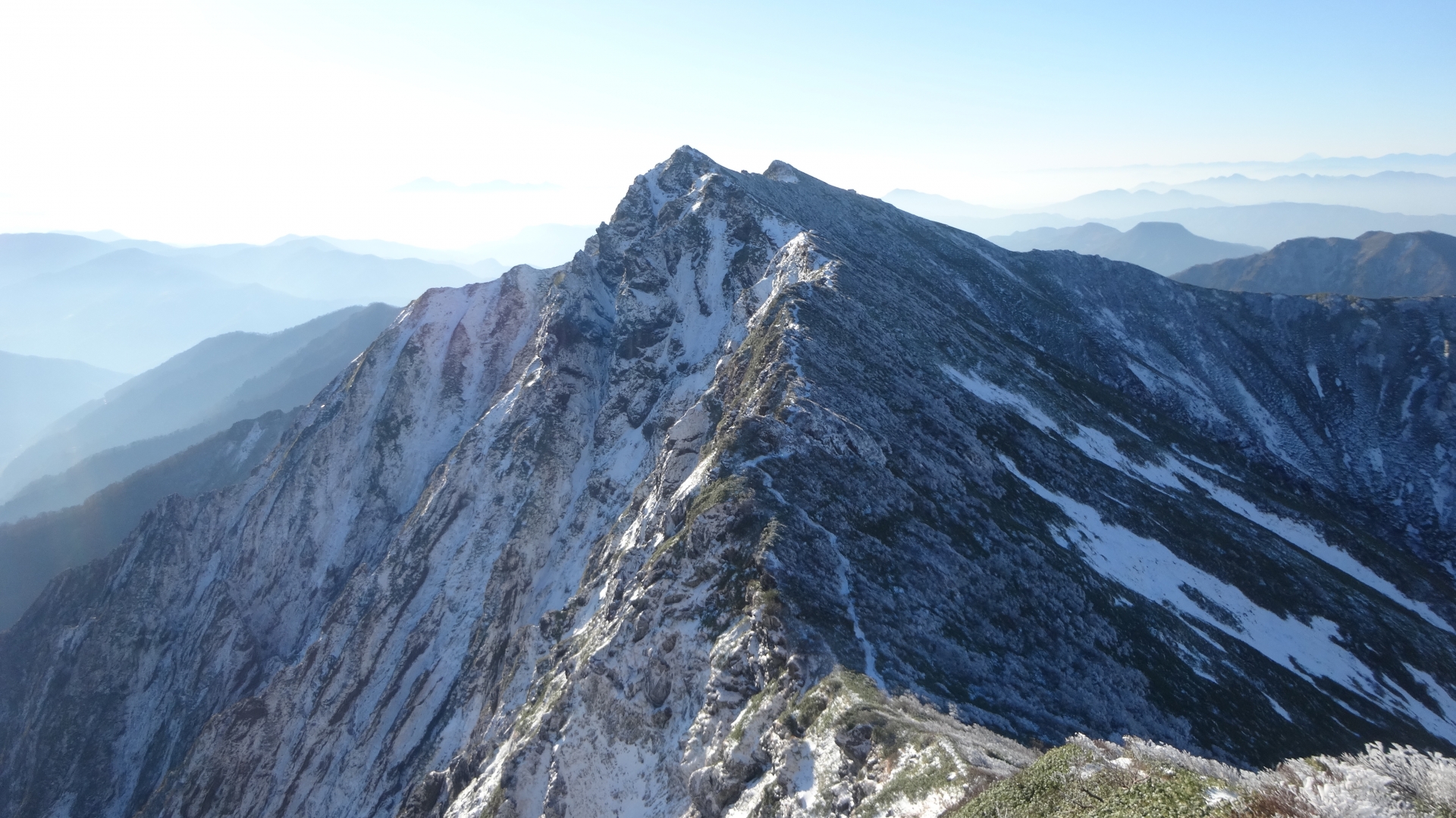
Lying to the south of Echigo-Yuzawa Station, Mount Tanigawa forms the most easterly tip of the Joshinetsu Kogen National Park. Tanigawa summits at 1977 metres, and is known for its heavy snow in winter and beautiful hiking from July to November. From mid-October, Tanigawa is blessed with stunning autumn colours making it a popular hiking destination in the later months of the year.
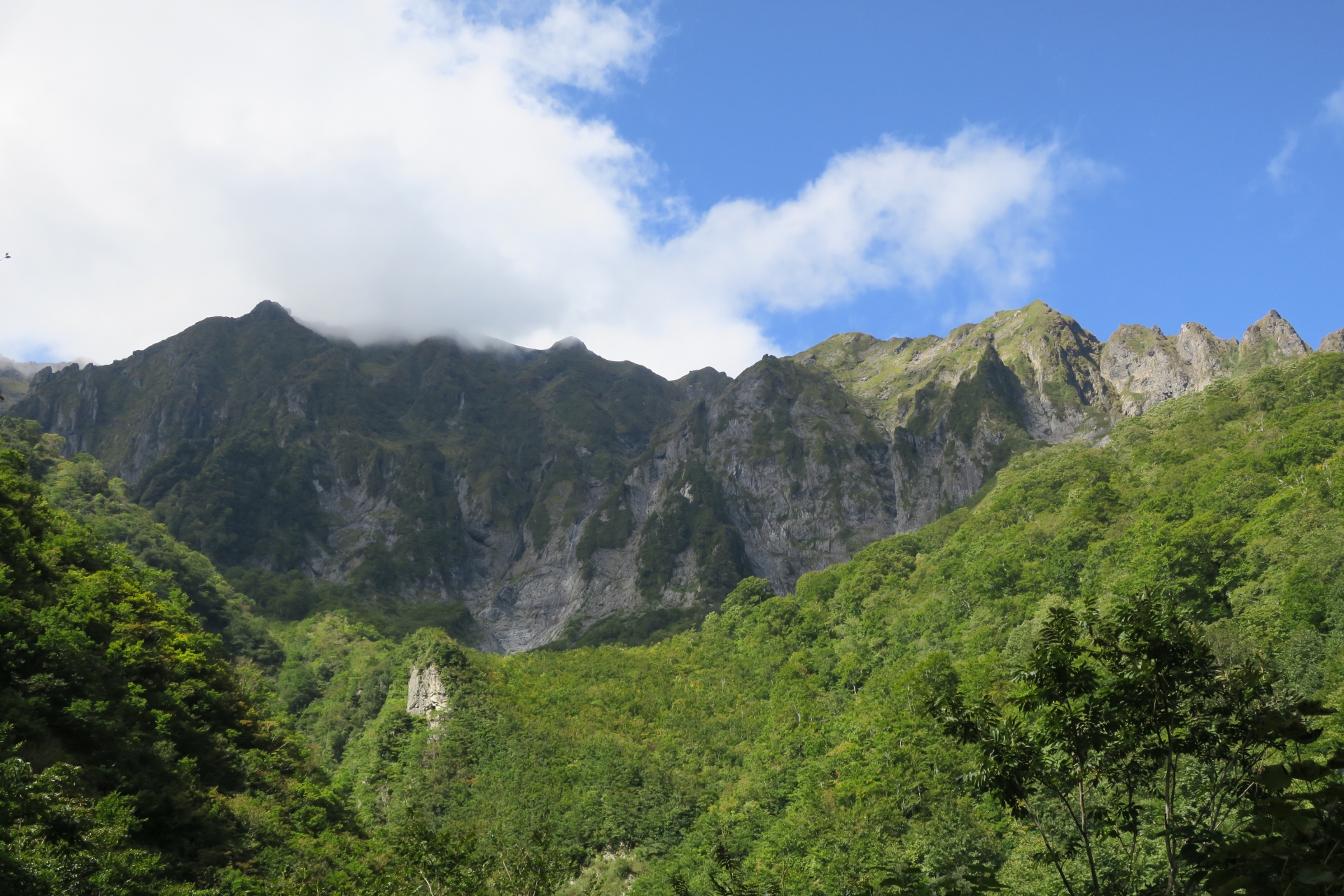
From the base of the mountain, visitors can either take the Tanigawadake Ropeway to the upper station – at 1321 metres – from where you can hike to the summit, enjoy leisurely walking trails in the area or hike back down to the base. The ropeway is open 08:00 to 17:00 from April to November, and in winter services the Tanigawadake Tenjindaira Ski Resort. It takes 15 minutes to ride, costing JPY1250 one-way or JPY2100 for a roundtrip.
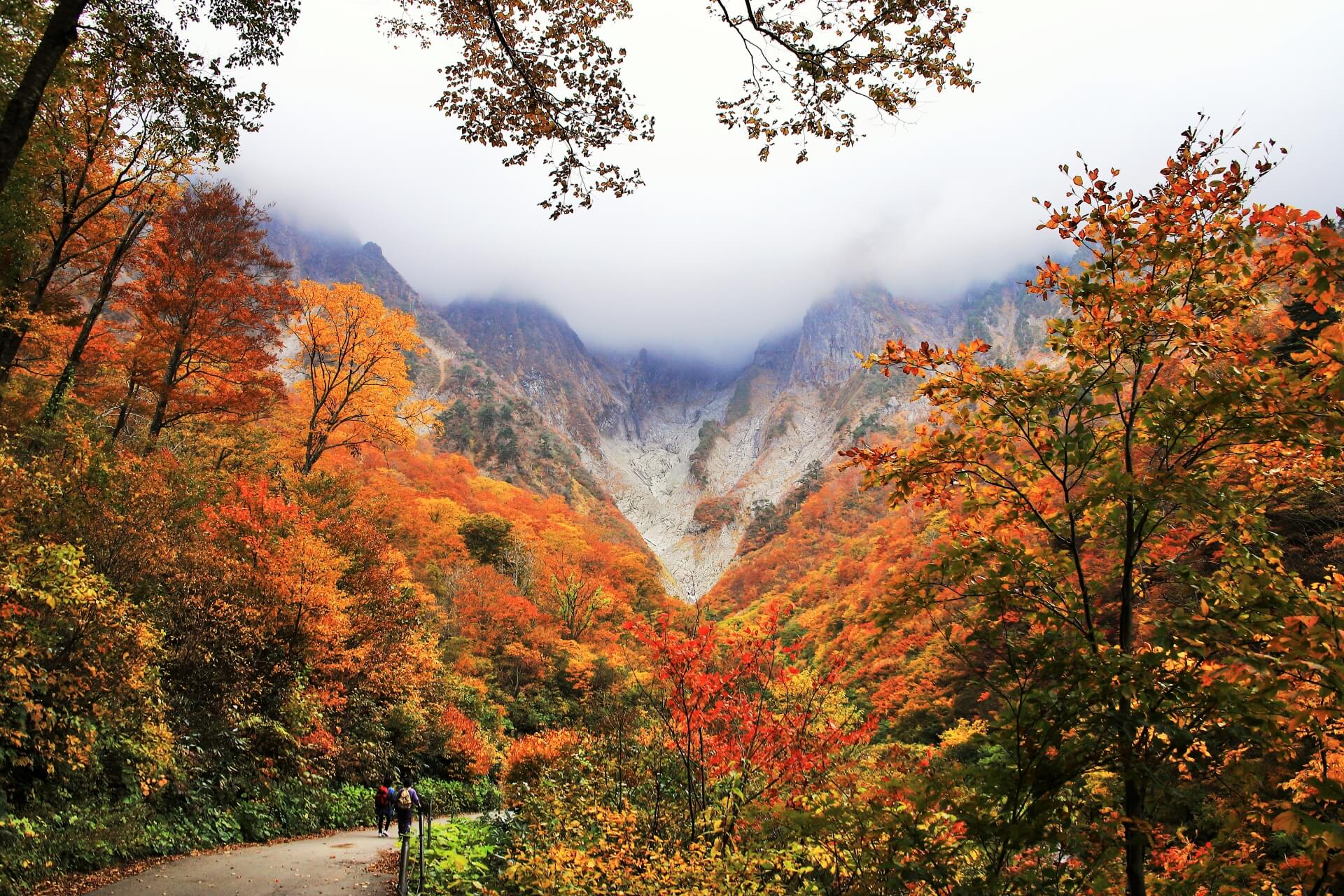
Alternatively, visitors can choose to hike up to the upper ropeway station, taking around 2.5 hours from the base of the mountain. Due to large amounts of snow, climbing the mountain should not be undertaken in winter without proper expertise, equipment and registering your intention with the authorities.
14 / EXPERIENCE HAKKAISAN – EPIC SNOW, SAKE & BEER! / all year round (except for the snow)
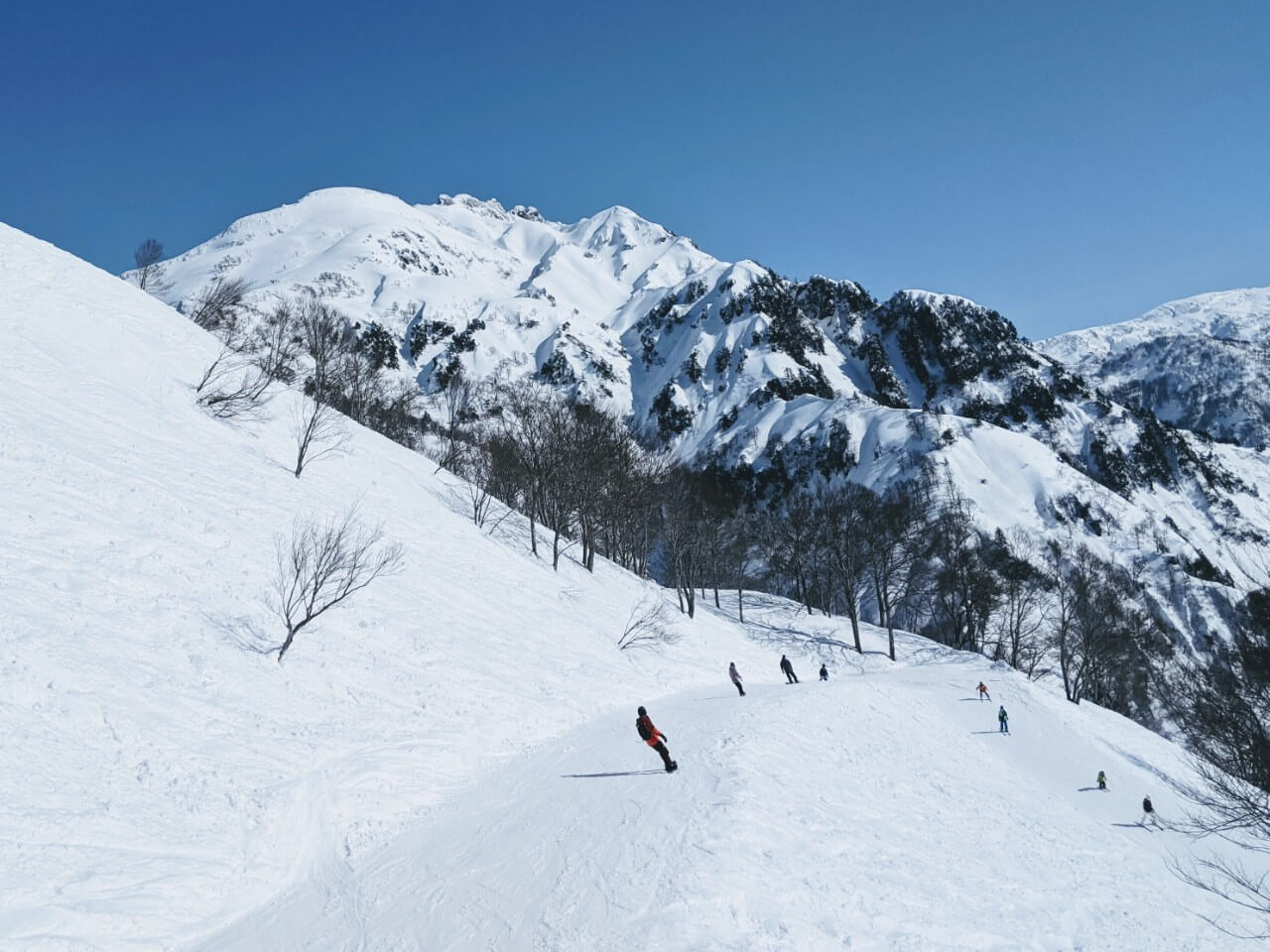

Around 35km from Echigo-Yuzawa Station, ‘Hakkaisan’ or Mount Hakkai is well-worth the effort of getting to. Standing 1778 metres, Hakkaisan is not overly tall compared to other mountains in Niigata and Nagano. However, the mountain has long been an important place of pilgrimage for followers of Sangaku Shinko (mountain beliefs) and is widely acknowledge as a place of special beauty.
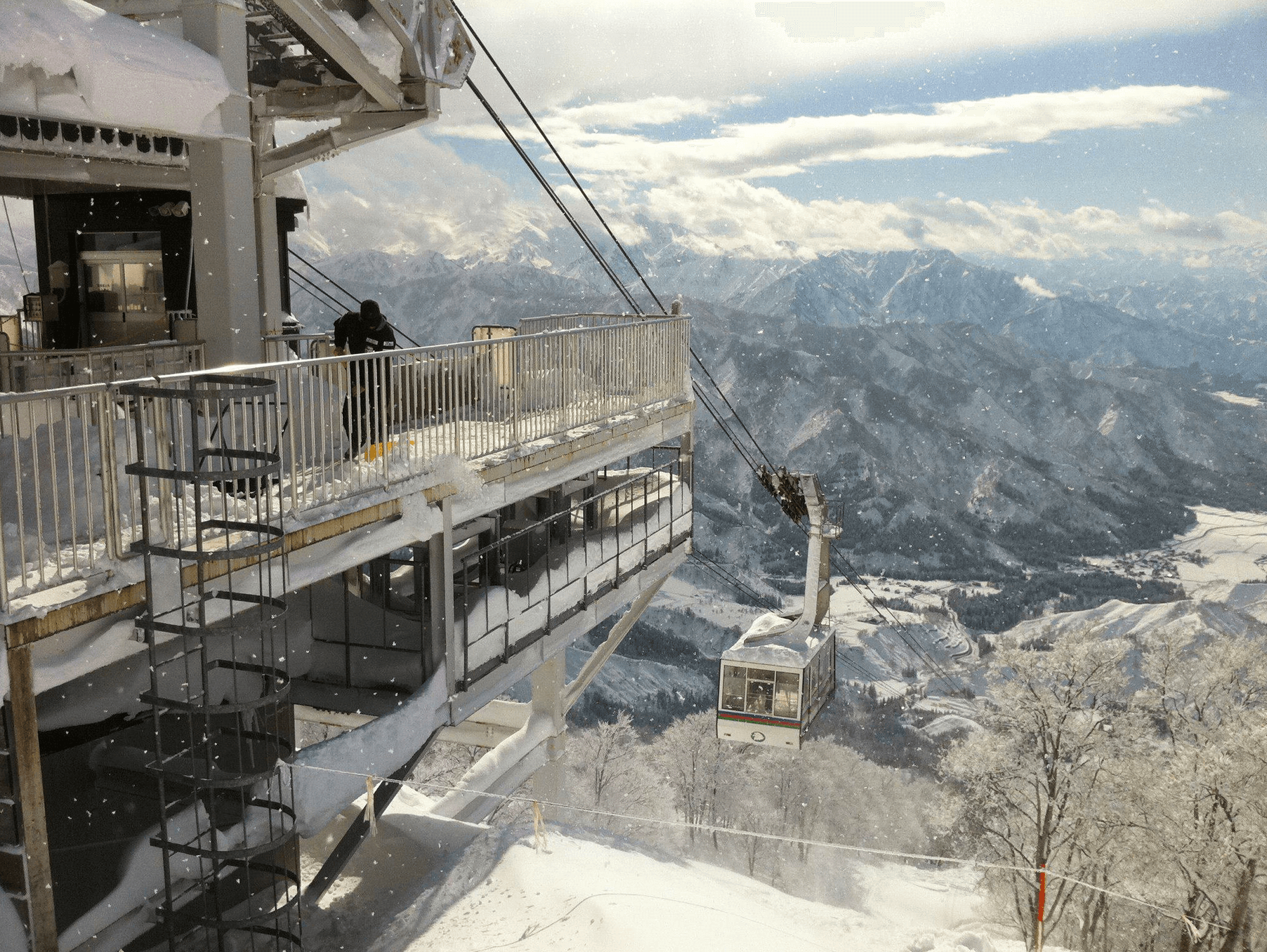
The Hakkaisan Ropeway allows visitors to head-up the mountain, from where you can hike to the summit – only recommended for experience mountaineers – or simply enjoy the view and alpine flower fields. In autumn, the mountain is at its most spectacular with leaves turning red, yellow, amber and brown. In winter, the ropeway is the main transport to the top of Muikamachi Hakkaisan Ski Resort. Known for its massive powder, Hakkai will thrill intermediate and advanced skiers and snowboarders. Beginners are likely to find the top runs too much – particularly on days of heavy powder – so best to stick to the lower green courses or if you do head-up the gondola, use the forest trail to come back down. It’s important to note that backcountry is strictly prohibited at Hakkai due to truly deep powder and dangerous terrain. Please follow the rules and stay on-piste.
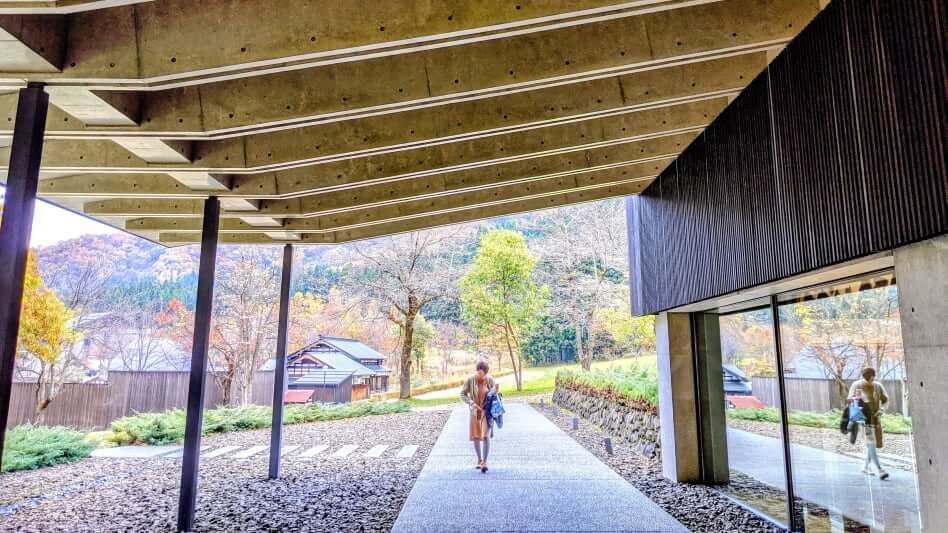
While in the area, make sure to also checkout Hakkaisan Brewery. Producing some of Niigata’s best sake and beer, visitors can enjoy the breweries multiple restaurants, bakery, gift shops and beer hall all year round.
15 / AUTUMN LEAVES OF AKIYAMAGO / October to November
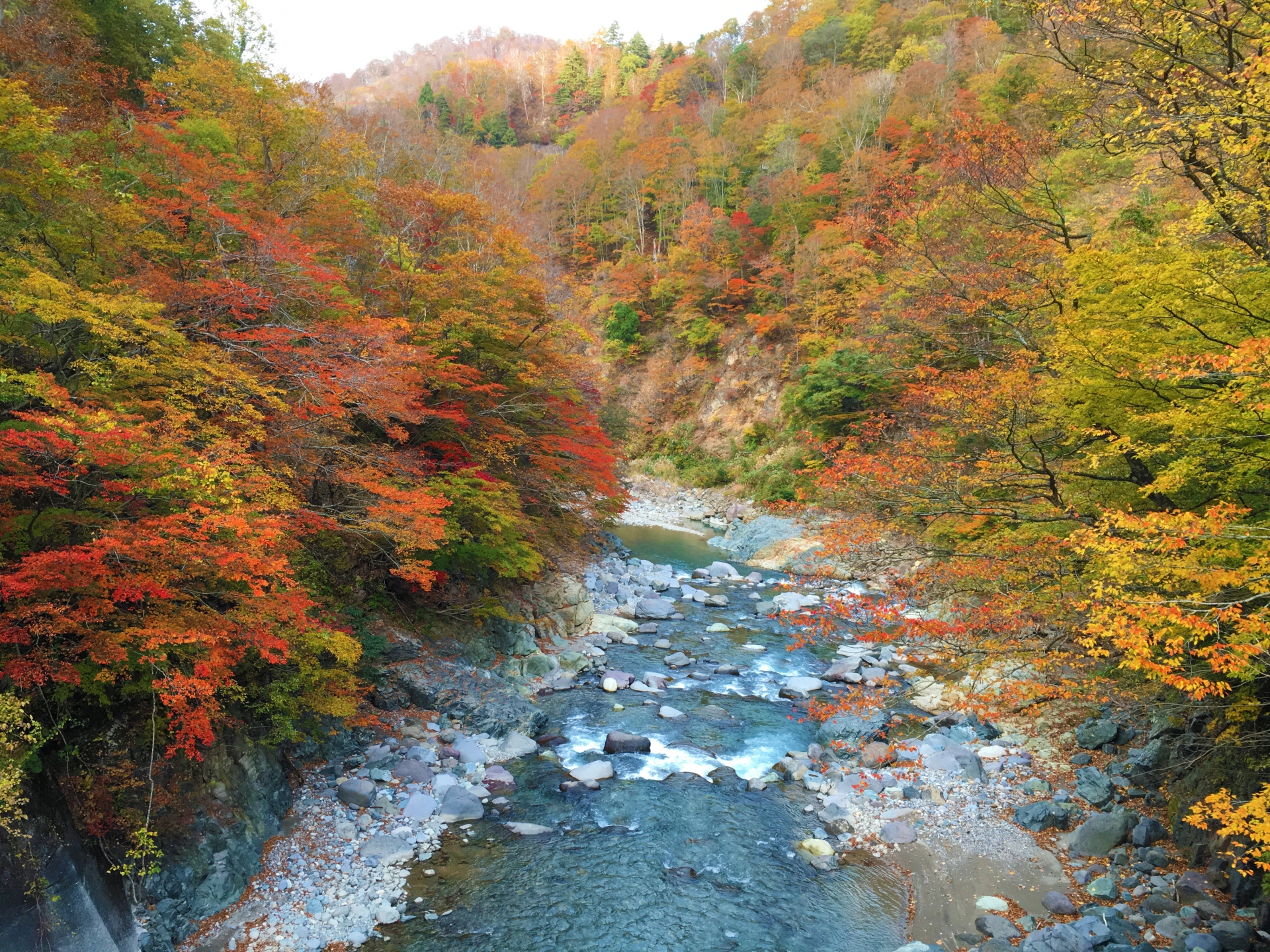
Bordering Niigata and Nagano prefectures, Akiyamago refers to a collection of villages spread along the Nakatsugawa River. Blessed with beautiful natural landscapes and relative remoteness, the region has retained much of its traditional charm and lifestyle. Heavily forested and dotted with natural hot springs, Akiyamago remains something of an undiscovered gem for international visitors, best experienced in autumn when the region turns a stunning mix of red, amber and gold. Regarded as one of the best spots in Niigata and Nagano to enjoy the autumn leaves, exploring Akiyamgo requires a car. With plenty of accommodation options in the area, it is a great overnight experience.
WHERE TO STAY WHEN VISITING YUZAWA
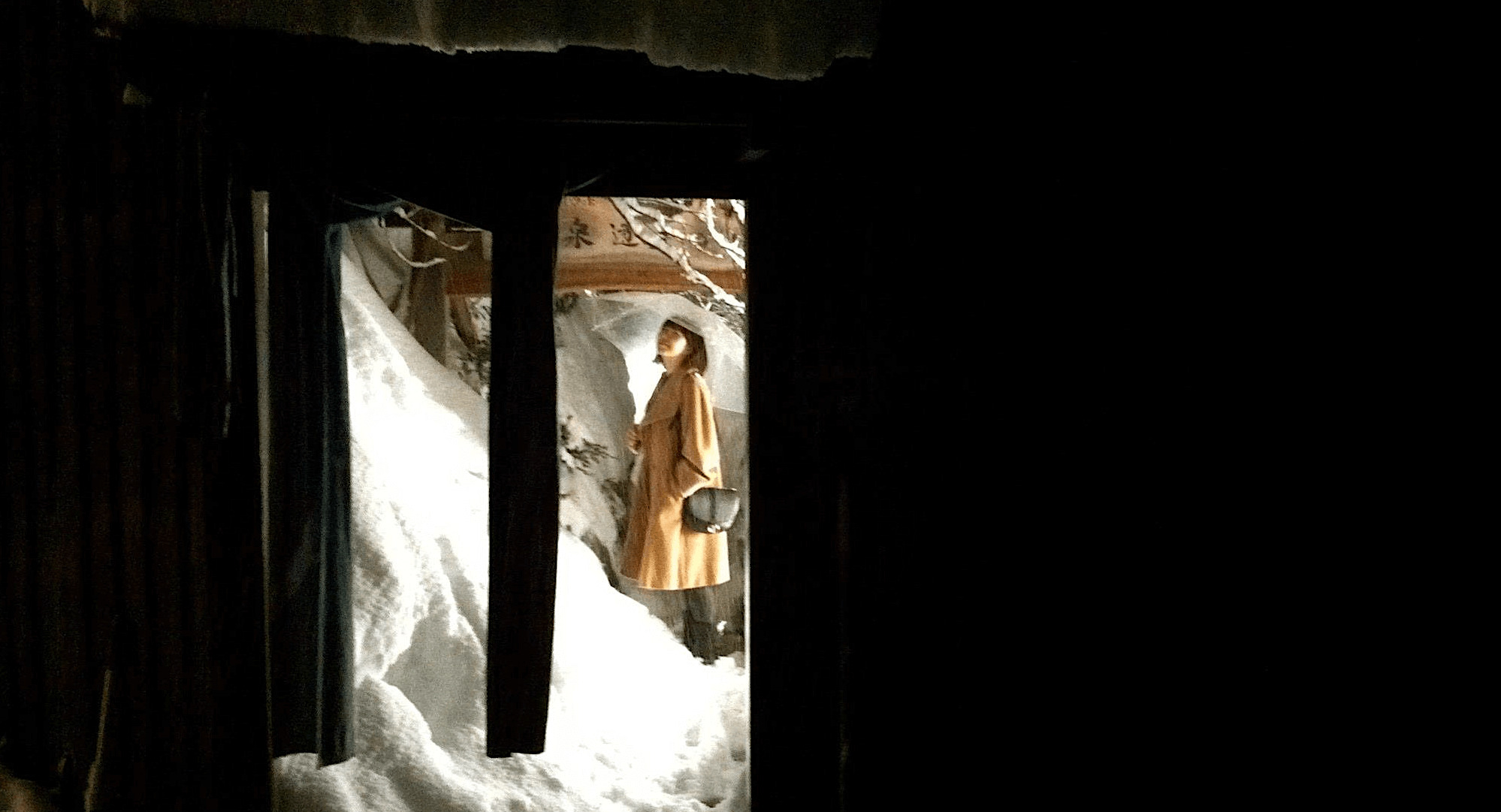
Our ‘Best Places to Stay in Yuzawa’ page has our recommendations of the most convenient areas to find accommodation for visitors headed to Yuzawa including to its multiple ski resorts. As a traditional hot spring town, Yuzawa offers an excellent range of accommodation options with something to suit most budgets. The area around Echigo-Yuzawa Station has multiple large hotels and ‘ryokan’ (traditional guesthouses), most of which have their own hot springs, while in and around the resorts there is an array of ski hotels, lodges and ‘minshuku’ (basic guesthouses). Yuzawa also has the greatest number of restaurants and bars, making it a good choice for visitors who want to go out of their accommodation at night while staying at a resort such as Naeba has the advantage of quick access to the slopes each morning, events such as Fuji Rock Festival and access to the gondola and hiking in summer and autumn.
YUZAWA & NIIGATA SKI RESORTS: THE STATS & FACTS
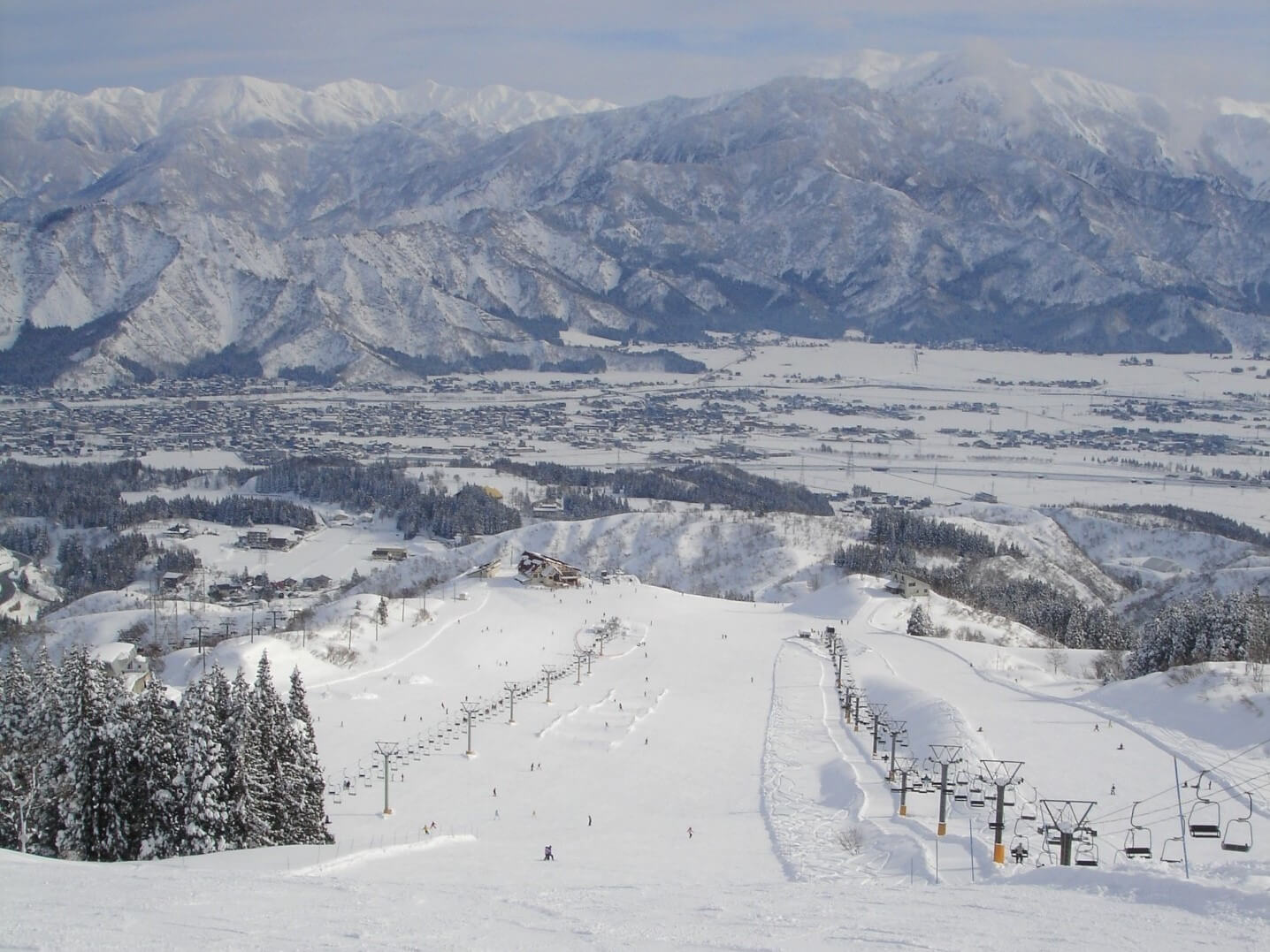
Thanks to the shinkansen line running from Tokyo, GALA Yuzawa is arguably the easiest ski resort to reach from the capital – and many people choose to do so. If you’re headed to Yuzawa this winter, it pays to do your research as there may be better resorts within easy reach of Yuzawa town that are better-suited to you and if nothing else, ones that are less crowded. Our ‘Best Yuzawa Ski Resorts’ main page has everything you need to know when planning your next winter getaway.
JAPAN SKI RESORTS: EVERYTHING YOU NEED TO KNOW
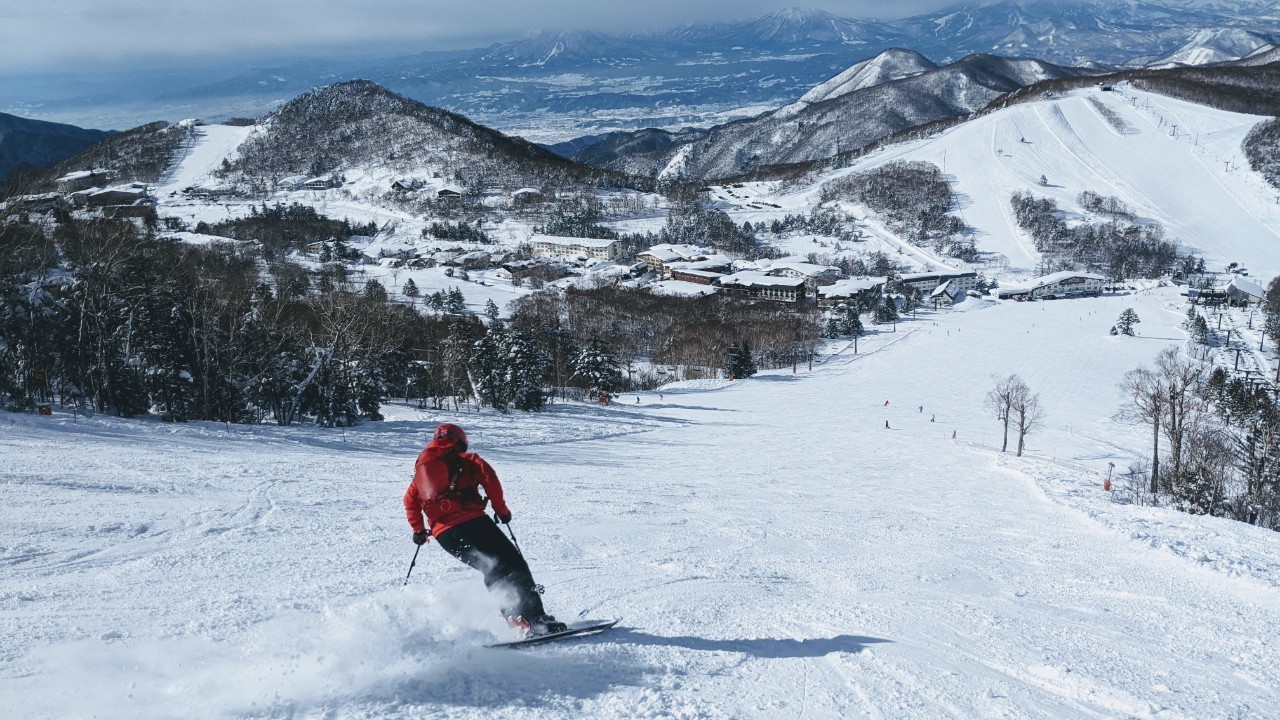

Did you know that the resorts of Yuzawa are just some of the hundreds of ski fields in Japan? Needless to say, when you choose Japan for your winter getaway you are spoiled for choice! Our ‘Japan Ski Resorts’ page has everything you need to know to start planning your ski and snowboard adventure including: LATEST NEWS & DEALS, THE BEST RESORTS IN NAGANO & JAPAN, FAQs and of course OUR SKI PACKAGES, ACCOMMODATION, TRANSPORT & TOURS.
HOW TO GET TO YUZAWA
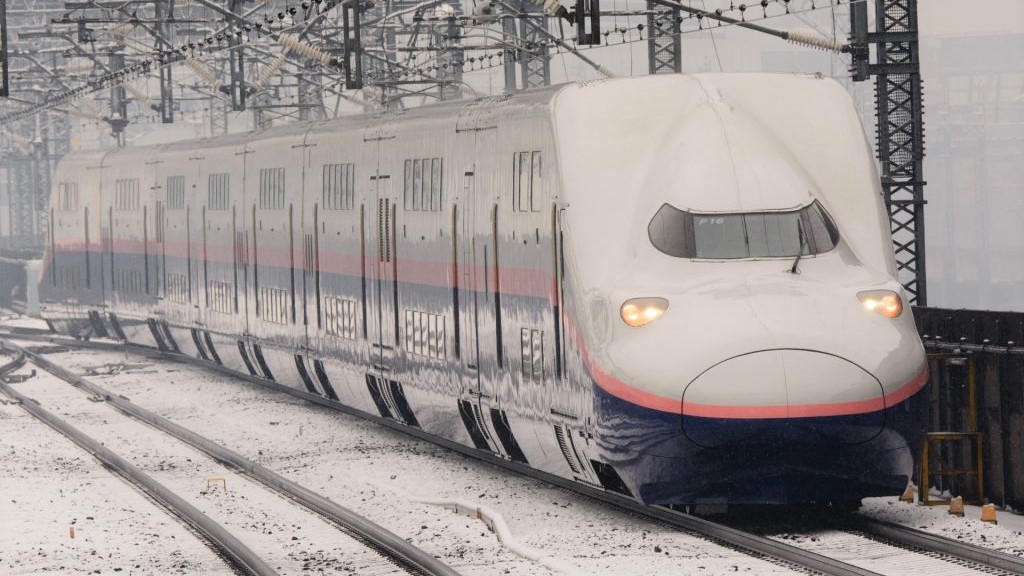
As a stop on the Joetsu Shinkansen line running from Tokyo to Niigata, Echigo-Yuzawa Station is only 80-minutes from the capital and the gateway to the region. For detailed information on how to reach Yuzawa, see our ‘How To Get To Yuzawa’ page.
BOOK WITH US! NAGANO’S NO.1 TOUR & CHARTER OPERATOR
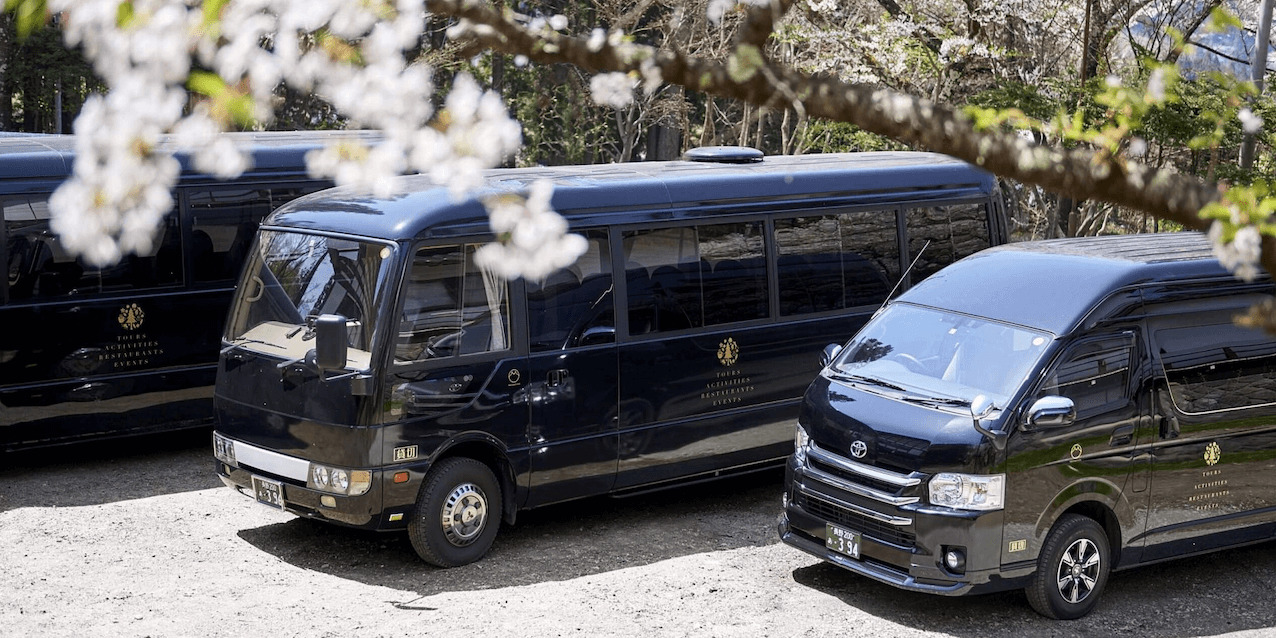

Locally-based and operating all year round, Snow Monkey Resorts is Nagano’s No.1 tour and charter operator. We have the local knowledge of where and when to go, to help you discover and enjoy the region’s many ski resorts and other fantastic destinations and activities.

For guests wanting to access the resorts in the comfort of their own transport, we can arrange a private tour or charter customised to fit your needs, starting and ending at any destination including from/to Nagano Station and any resort in the region. Our drivers and vehicles are fully certified, allowing us to transport you to and from your preferred destinations in combination with any activity that suits your schedule.

All vehicles are fitted with a protective screen – separating the driver from passenger and luggage area – and our drivers wear protective masks, allowing you to move between your destinations in comfort and safety. We can arrange both private tours with an English-speaking guide or a private charter, including a private vehicle and driver but without a guide. We’d love to be part of that experience and help you discover even more!
Why choose us?
Awarded a 2022 TripAdvisor Travelers’ Choice Award for our 1-Day Snow Monkeys, Zenko-ji Temple & Sake Tour – recognised as one of the Top 10 Experiences in Japan – we have the local knowledge and experience to help you get the most out of your time in Nagano.
Got a question about visiting Yuzawa and Central Japan? Contact us and let’s get planning together!




